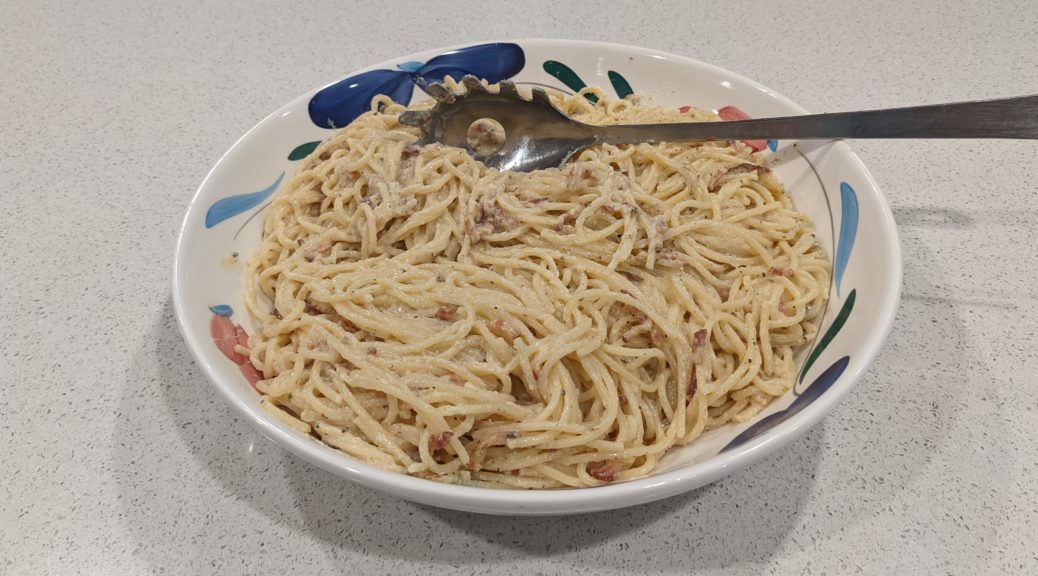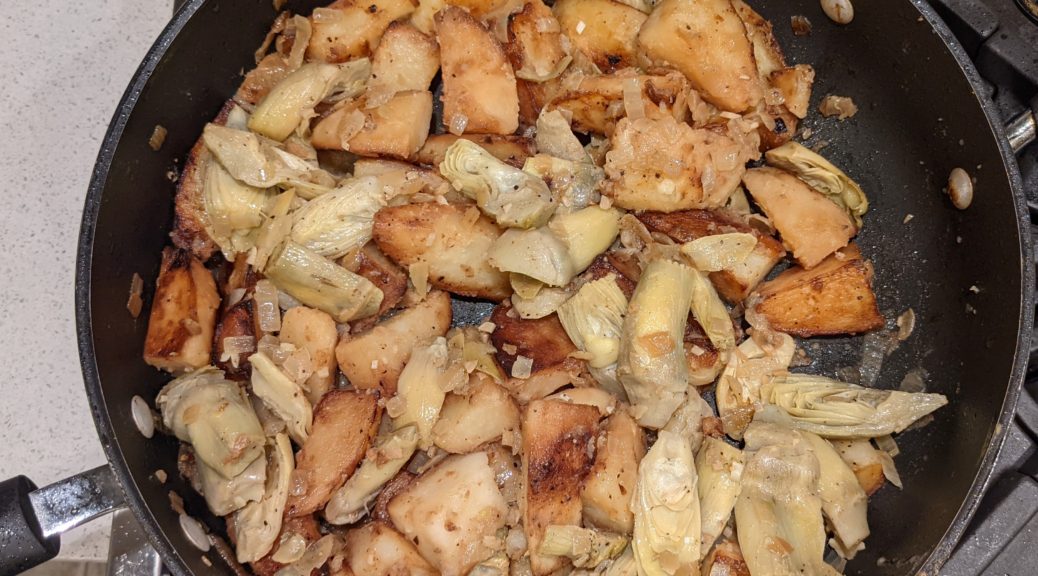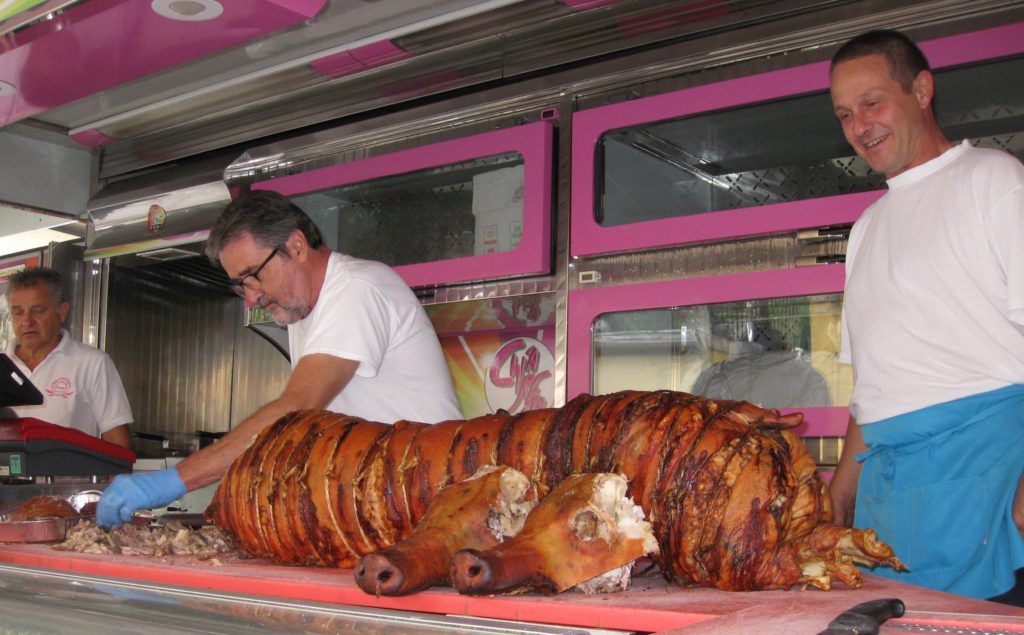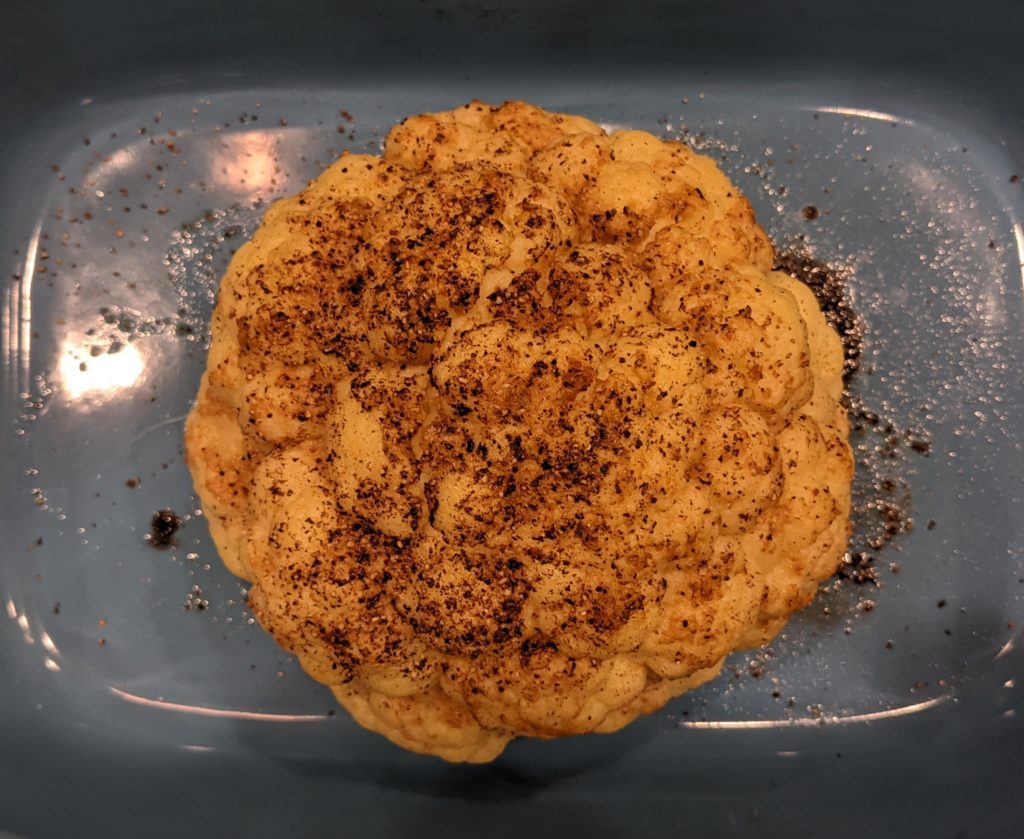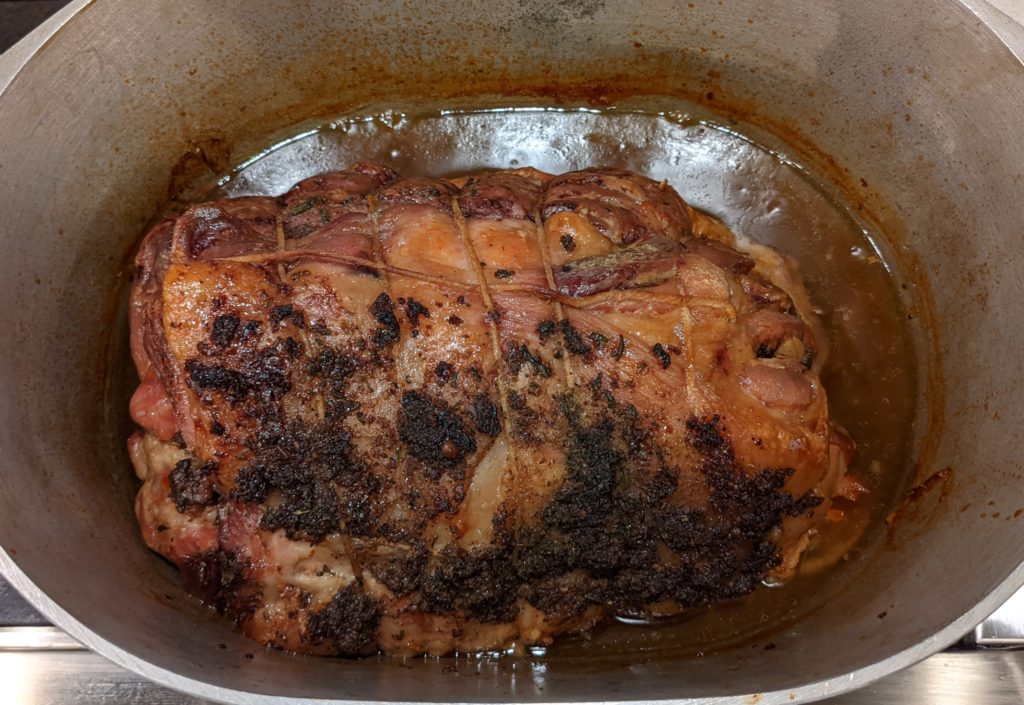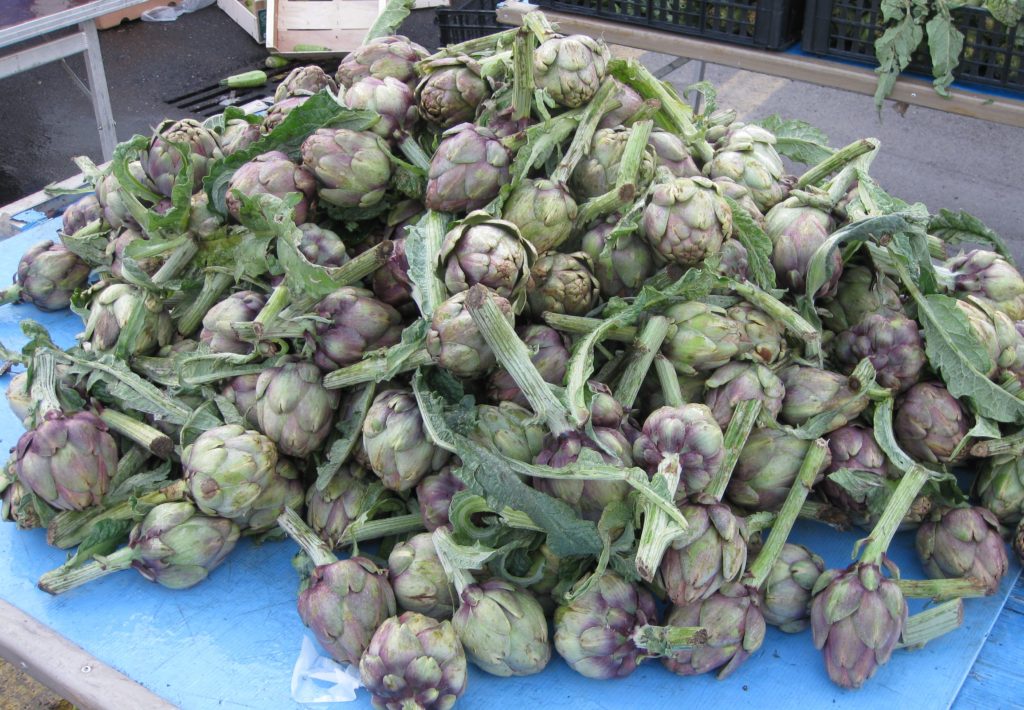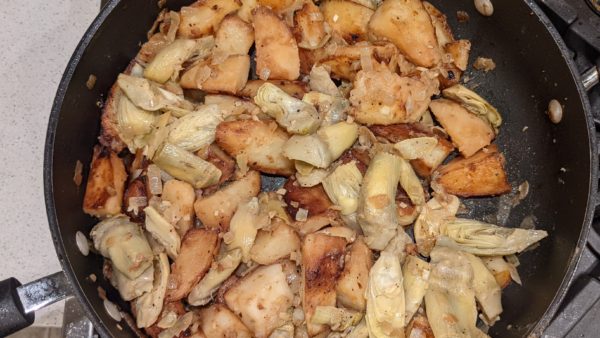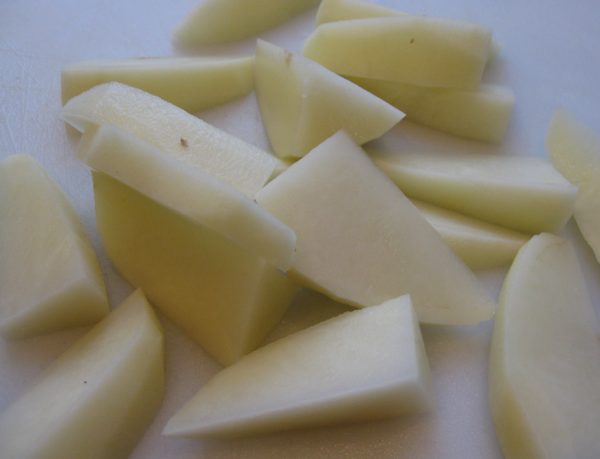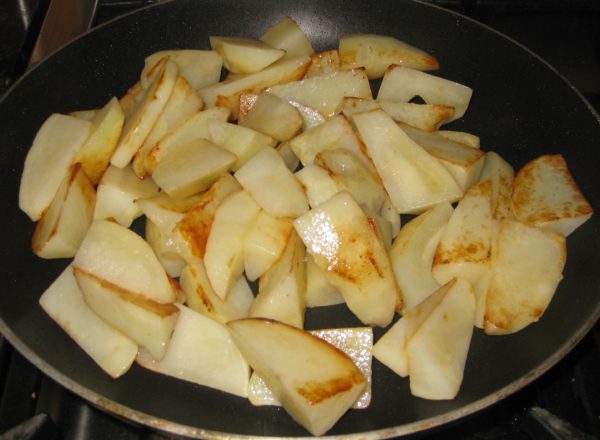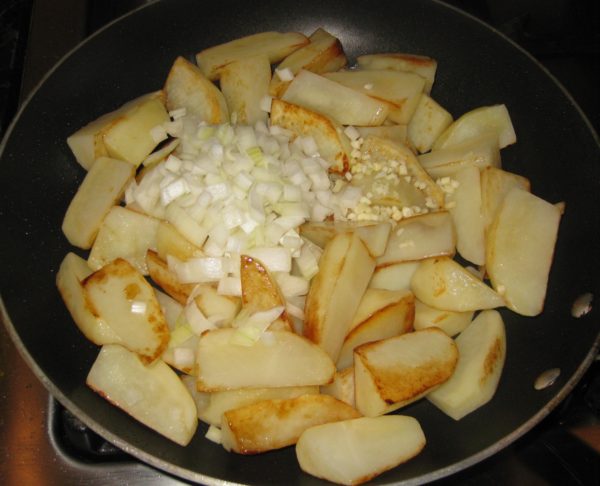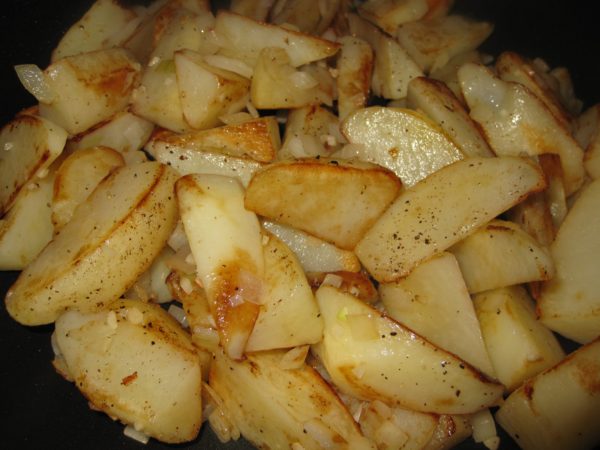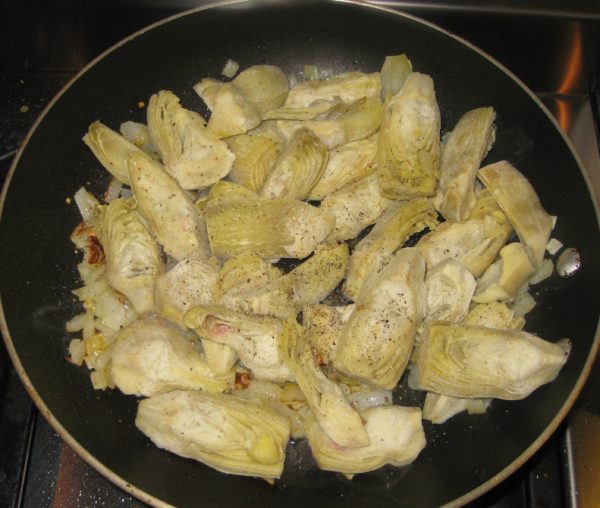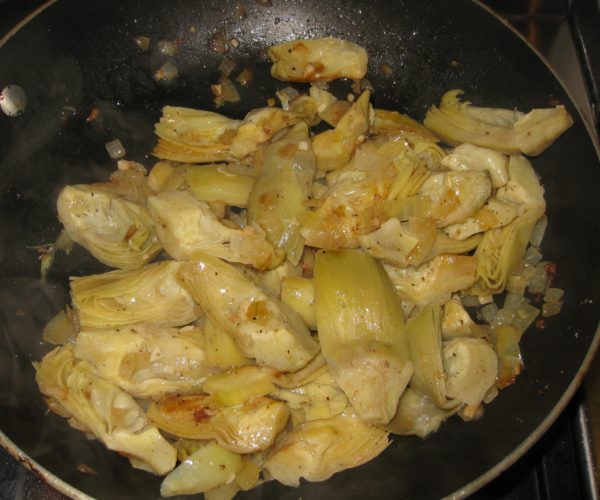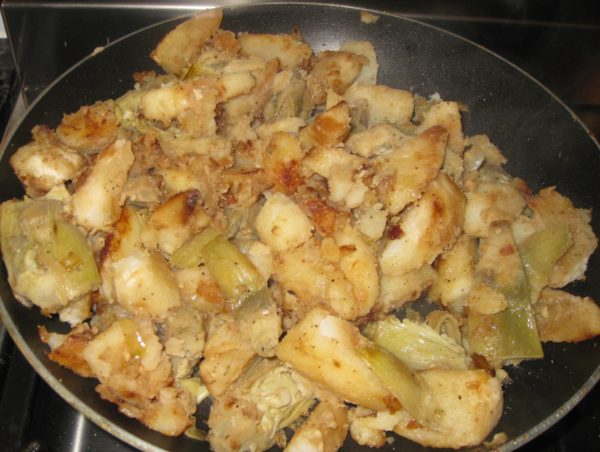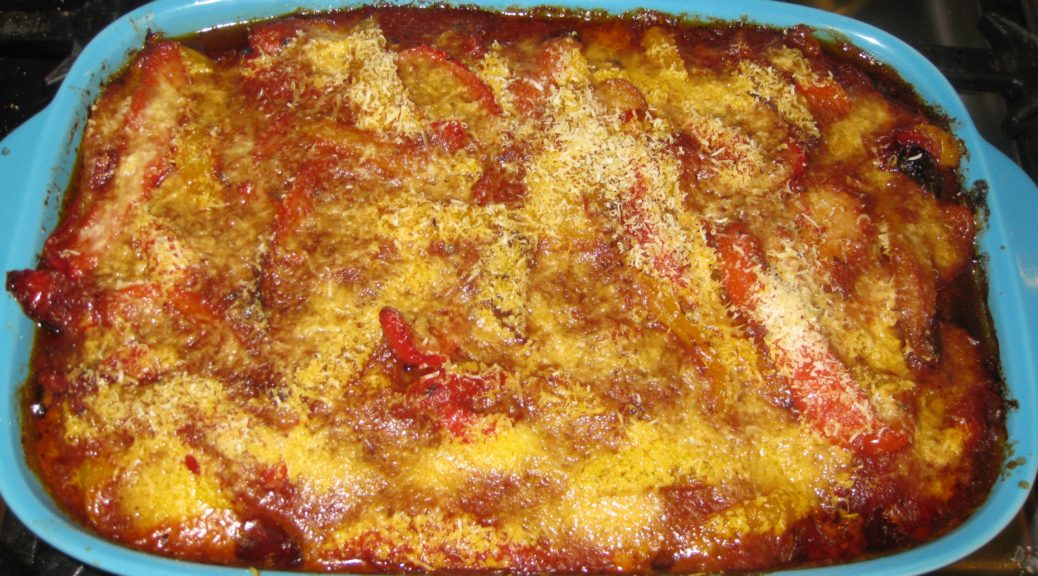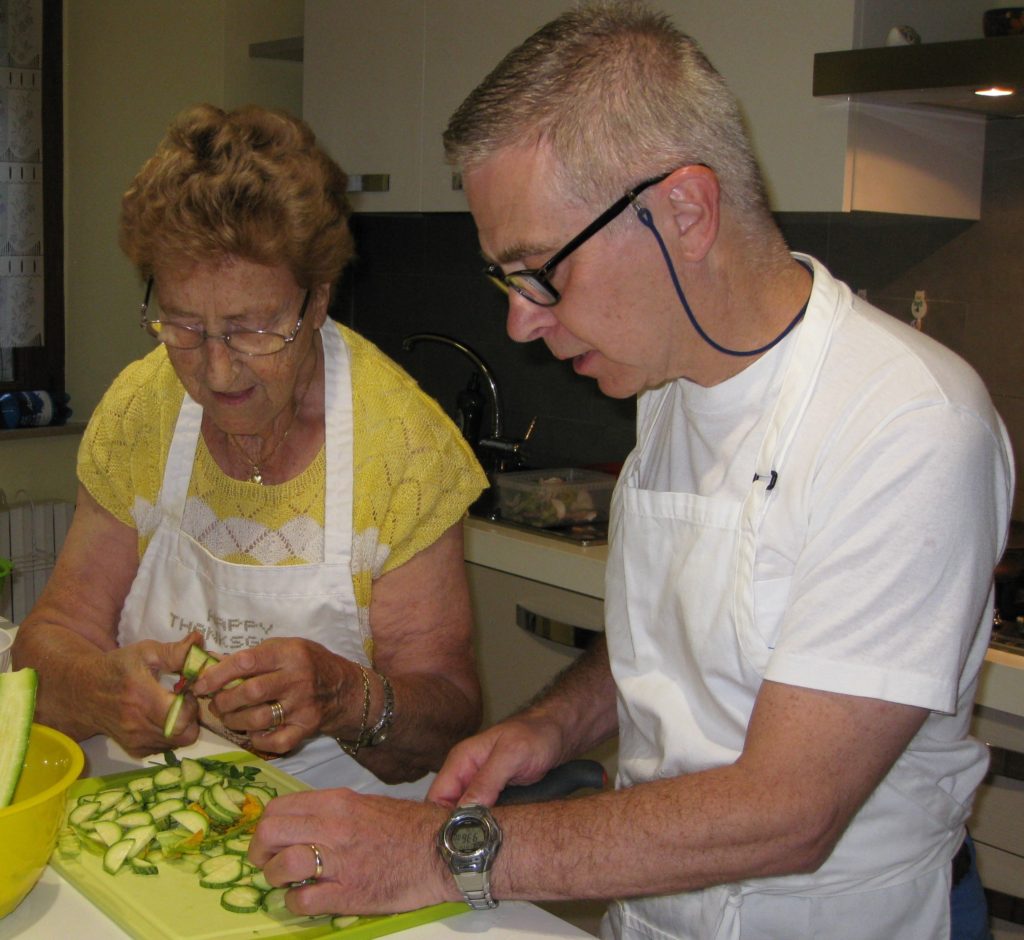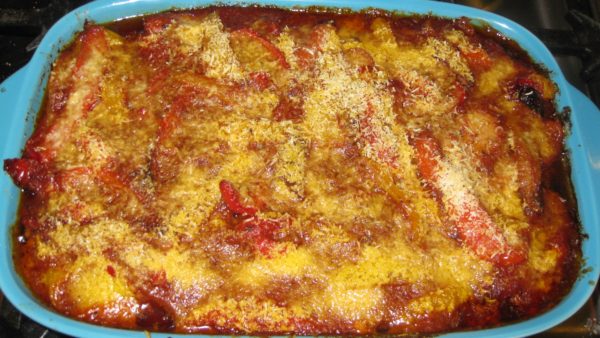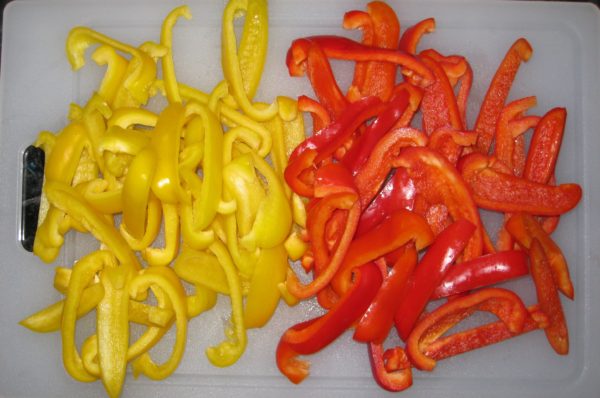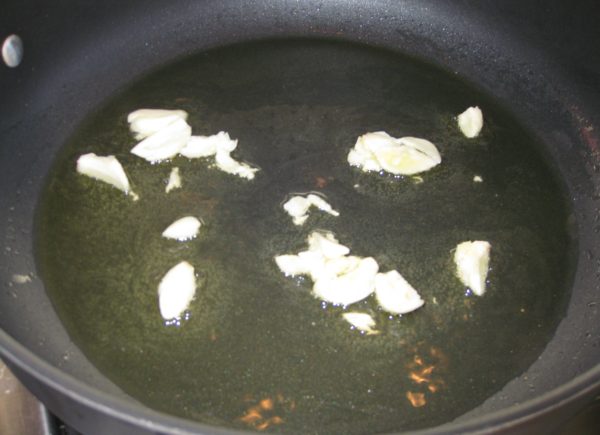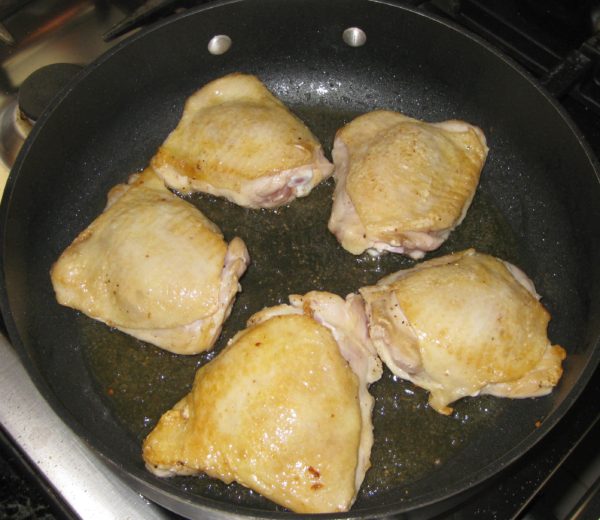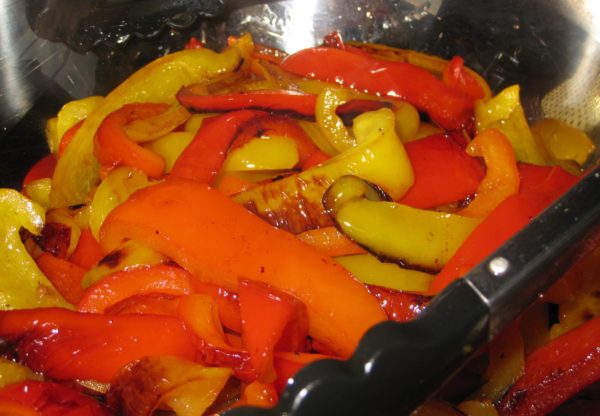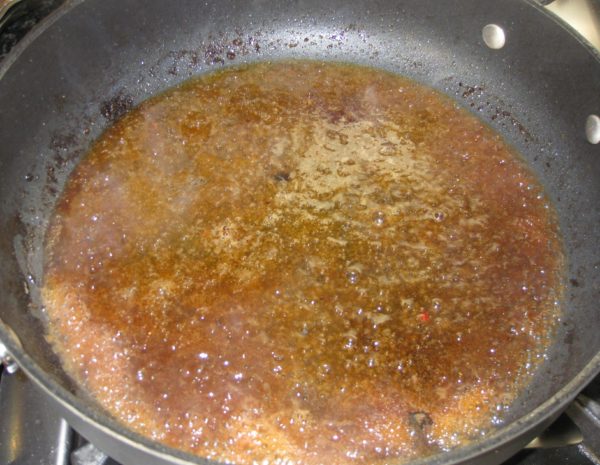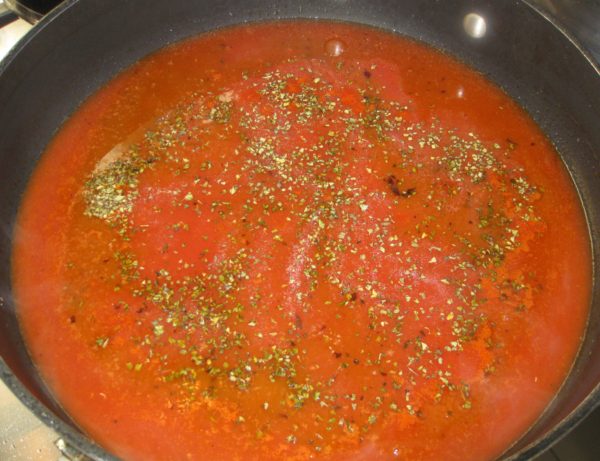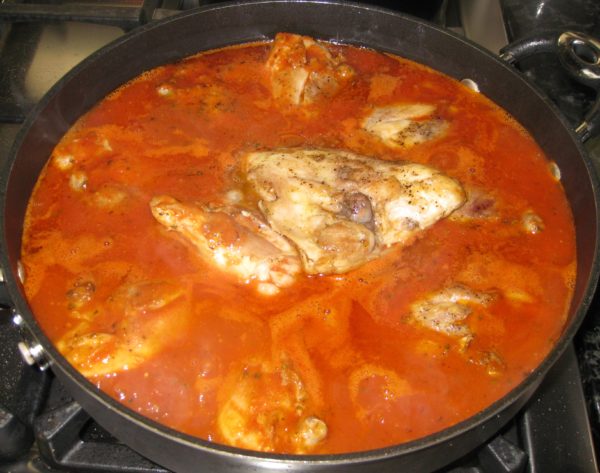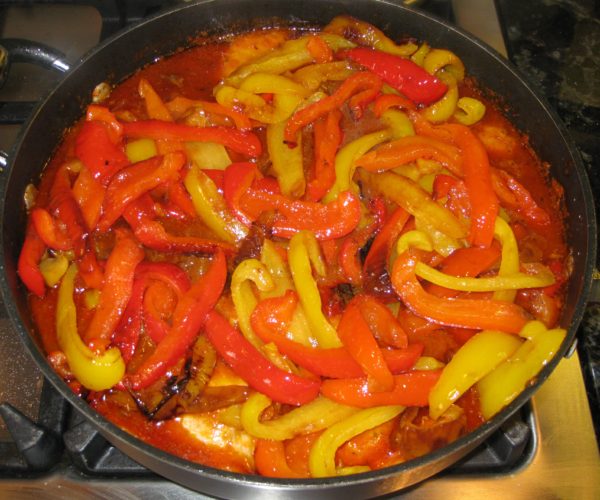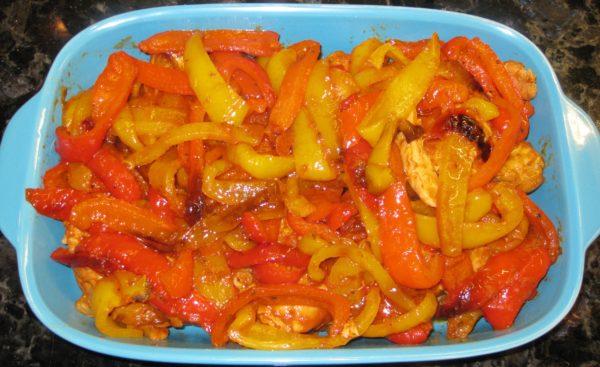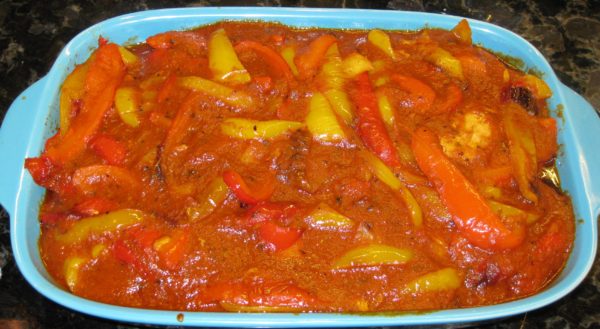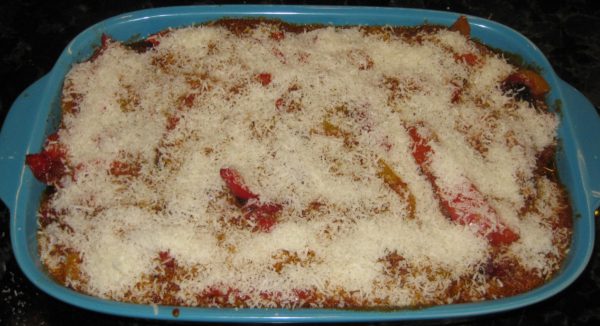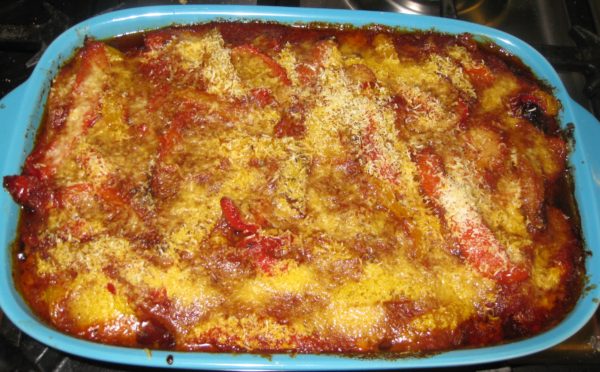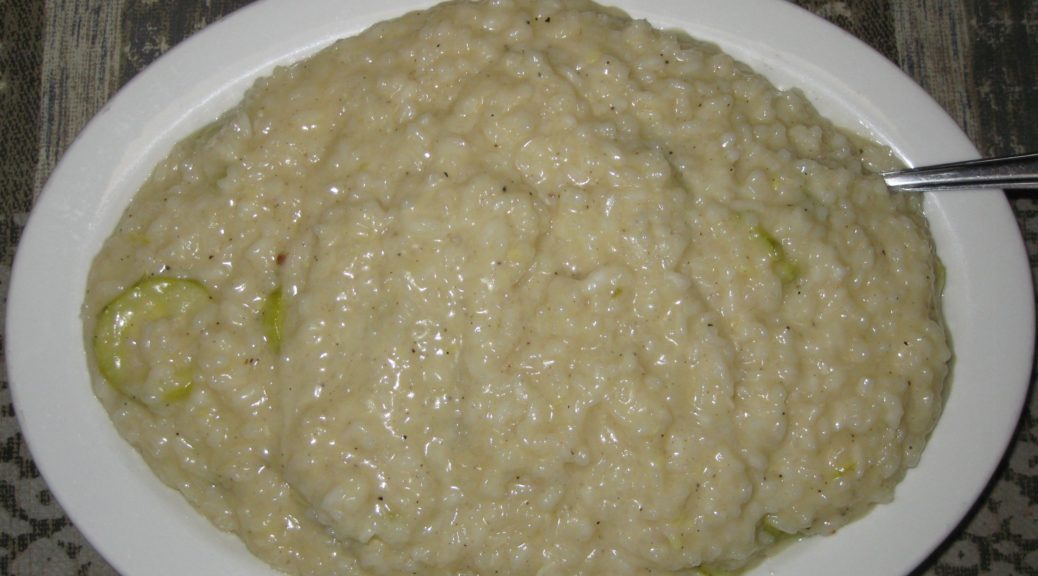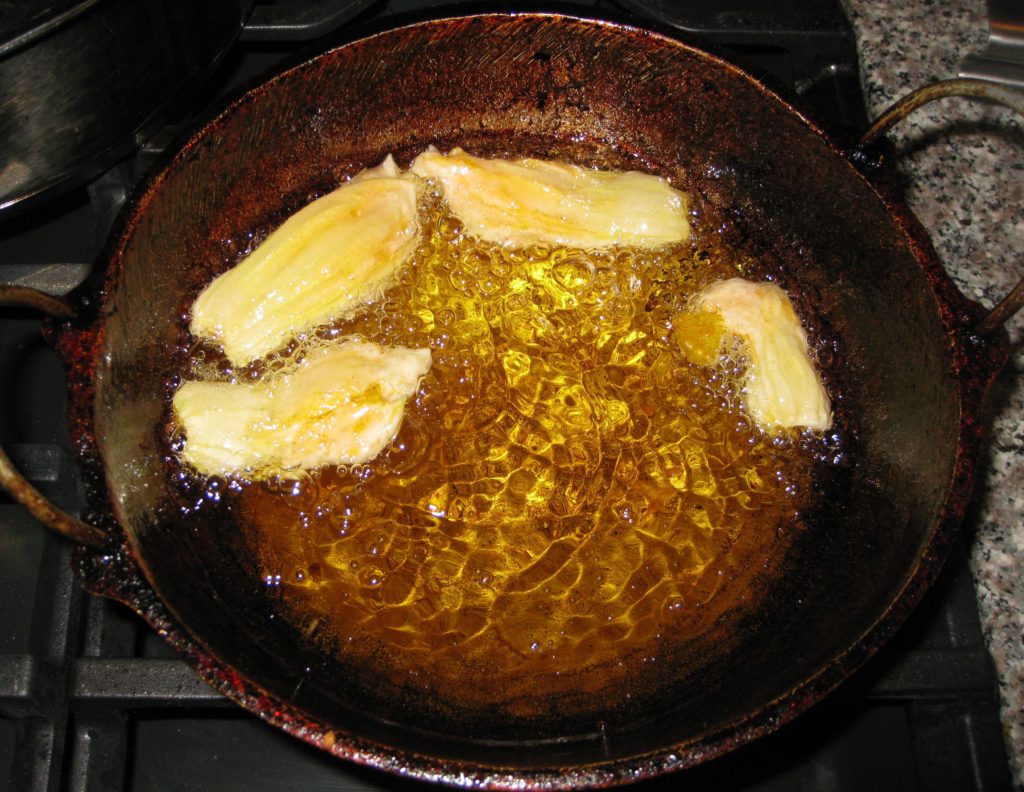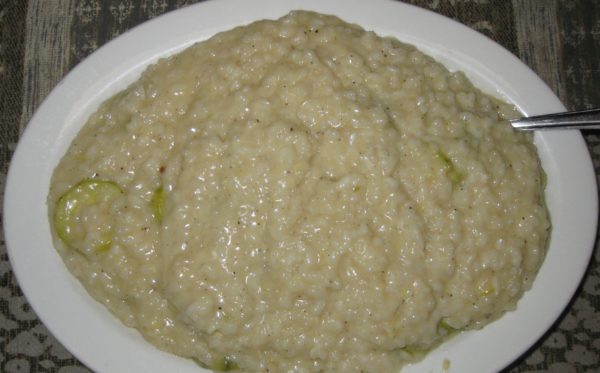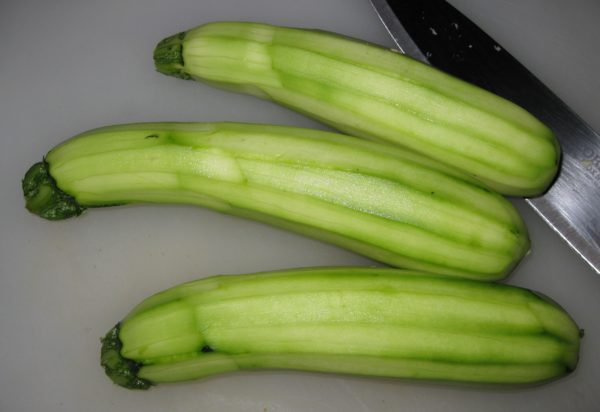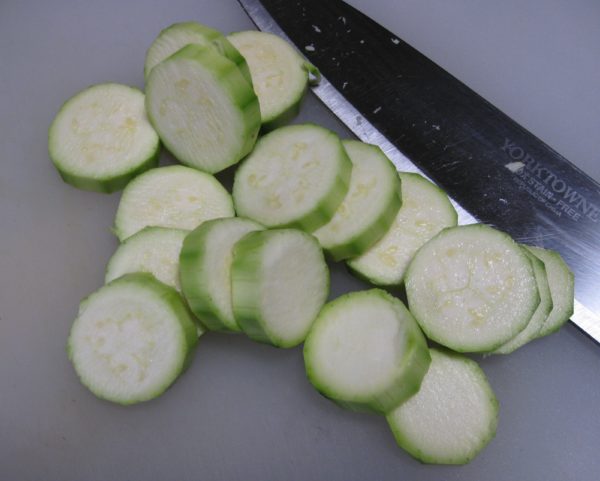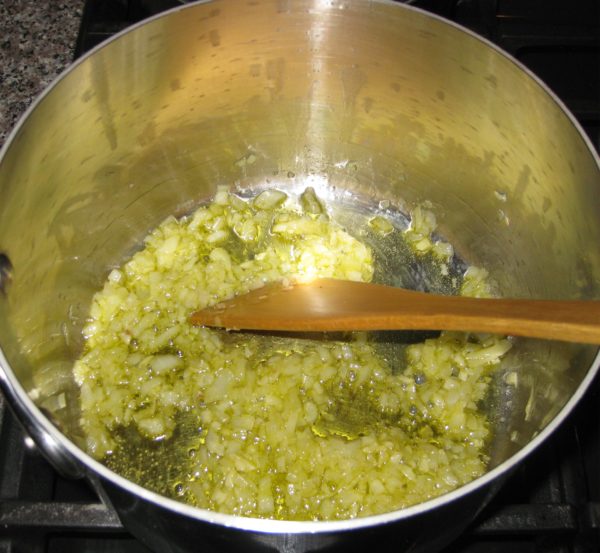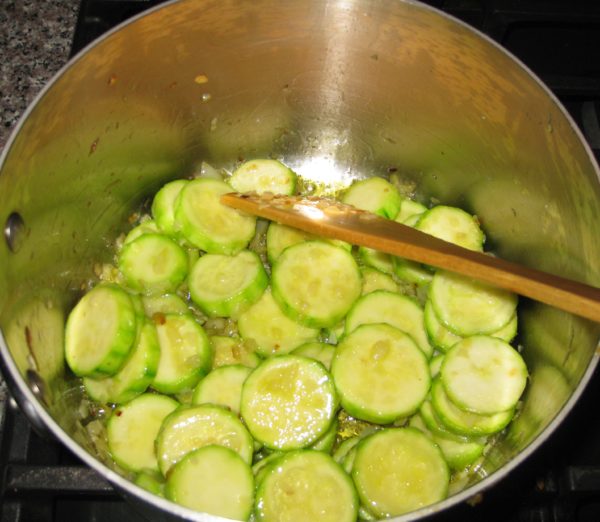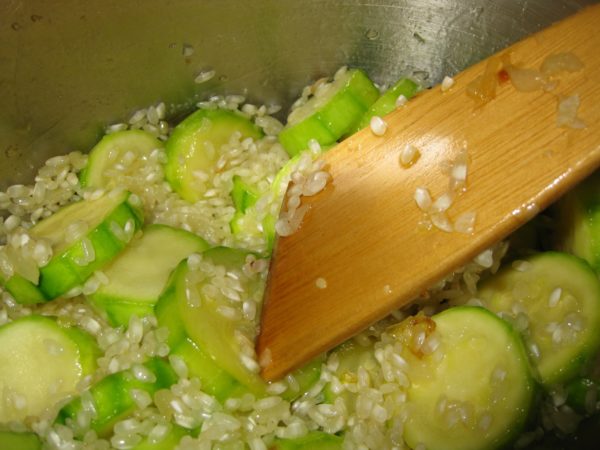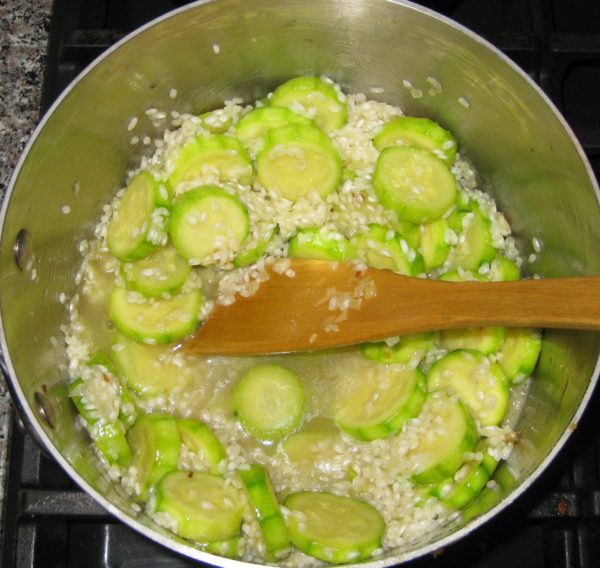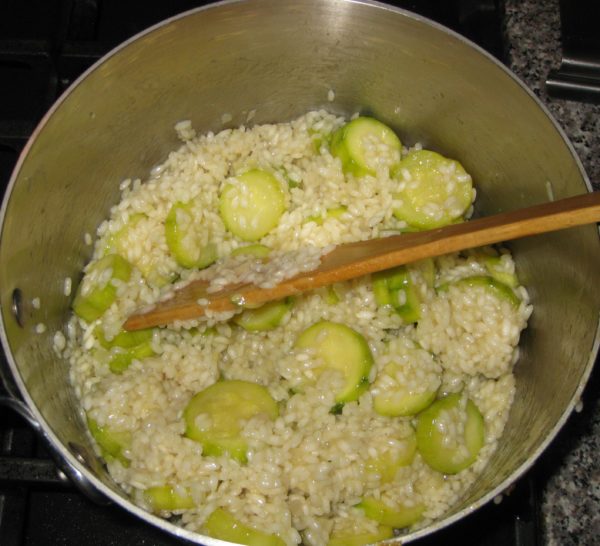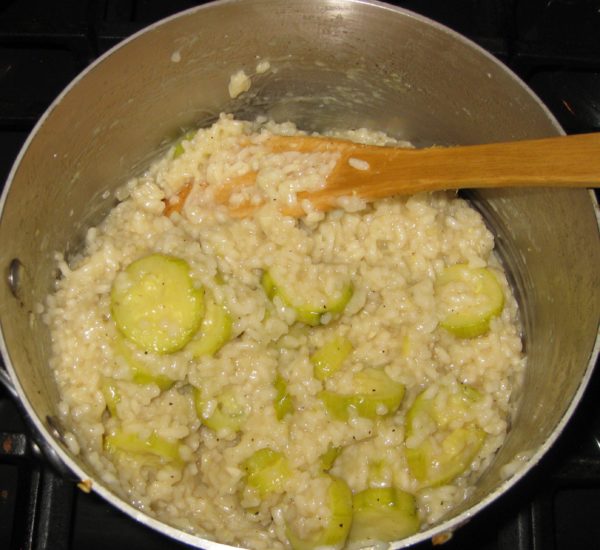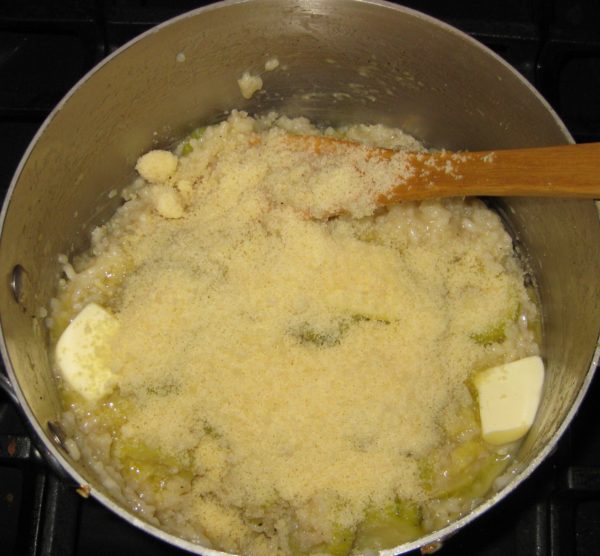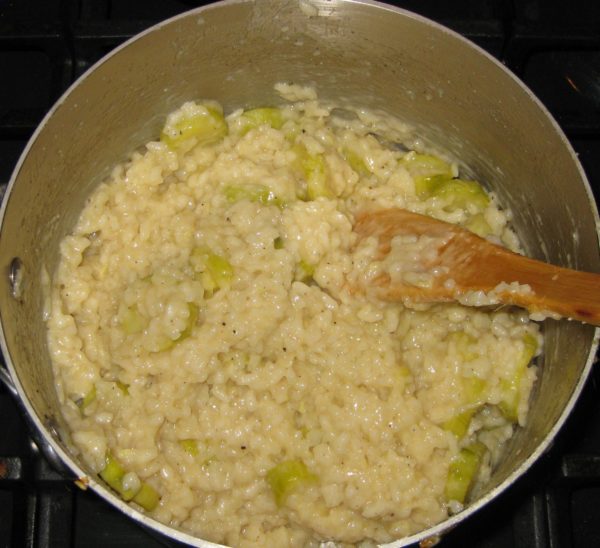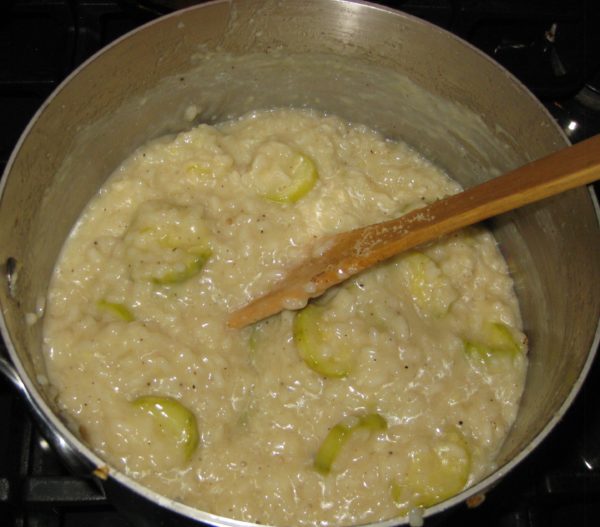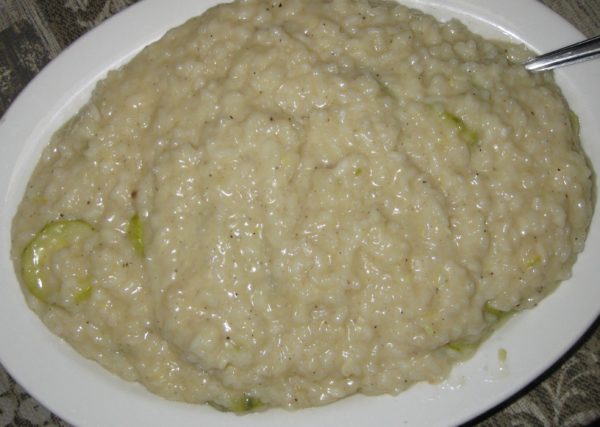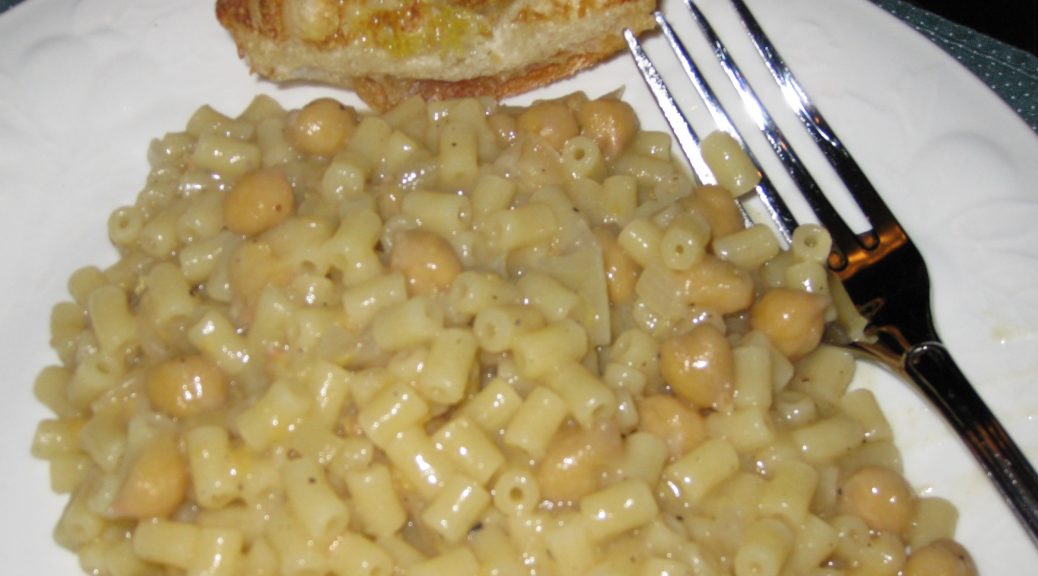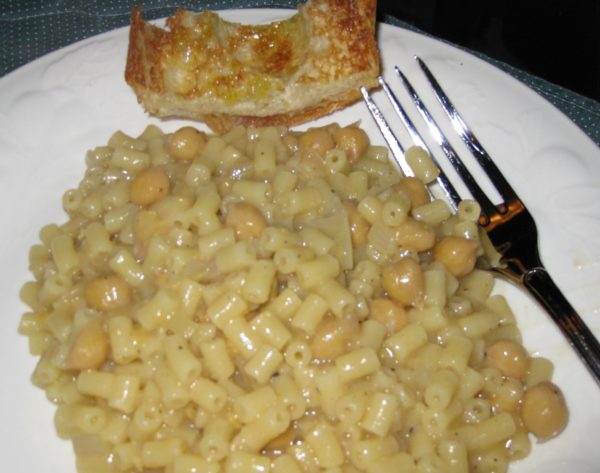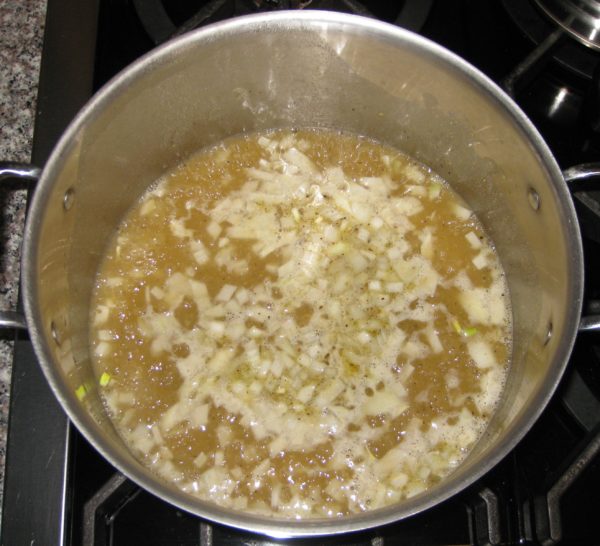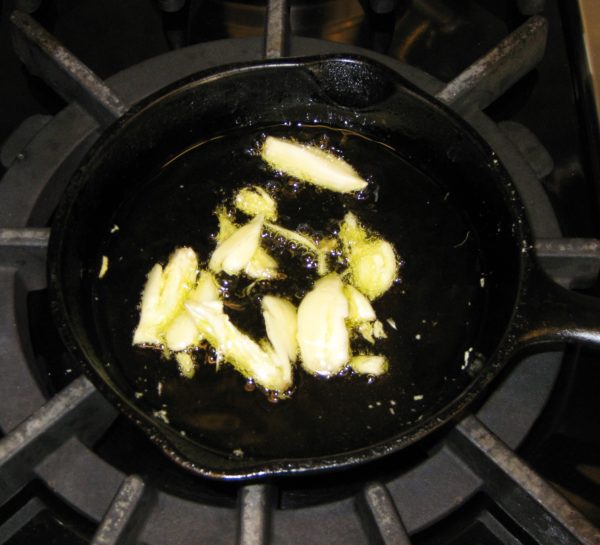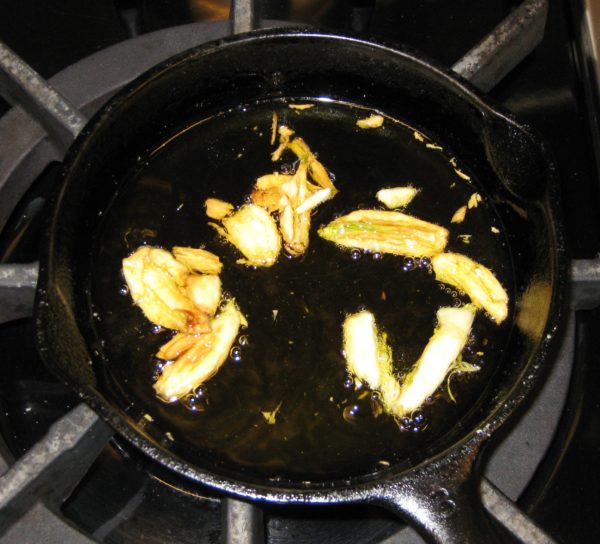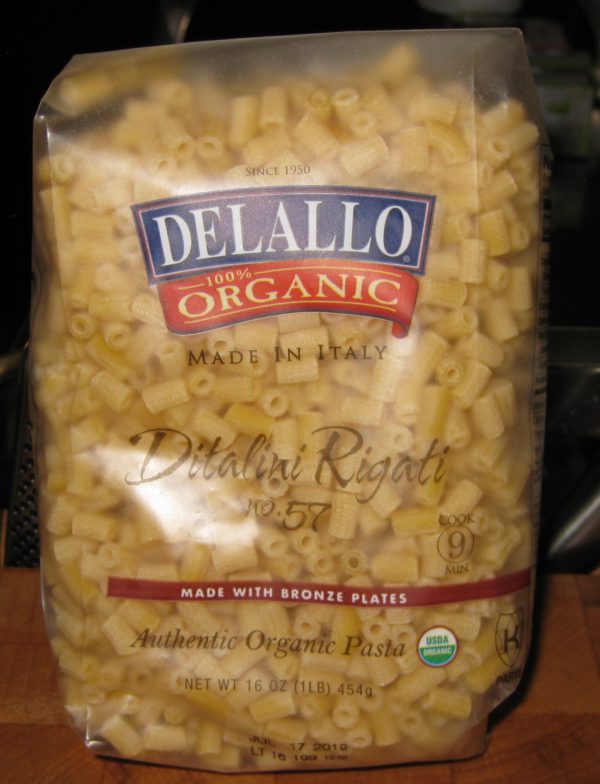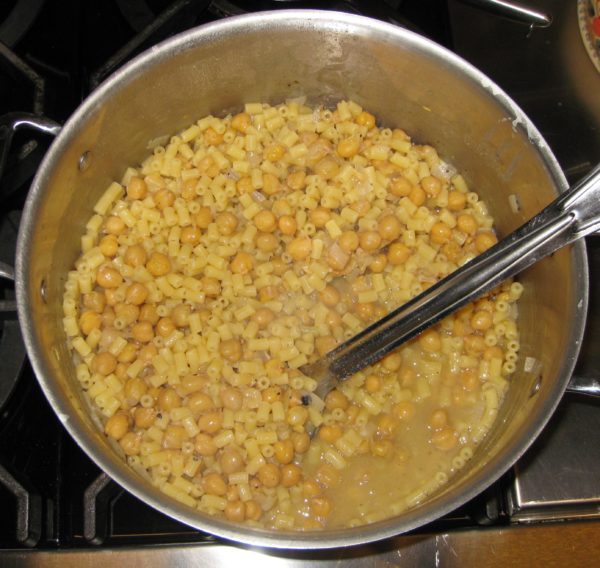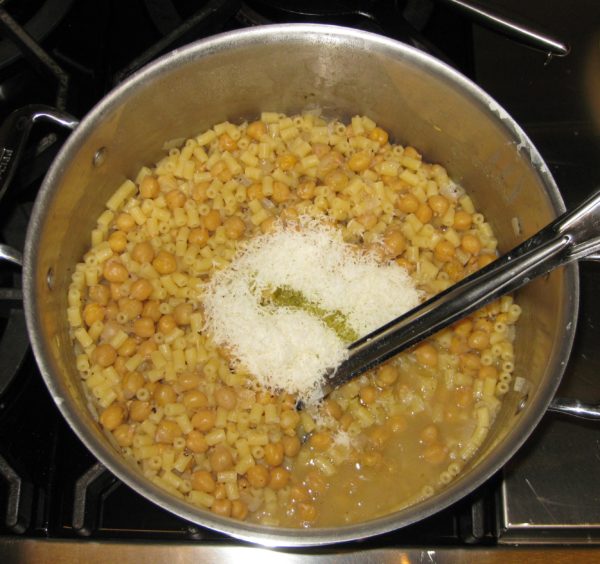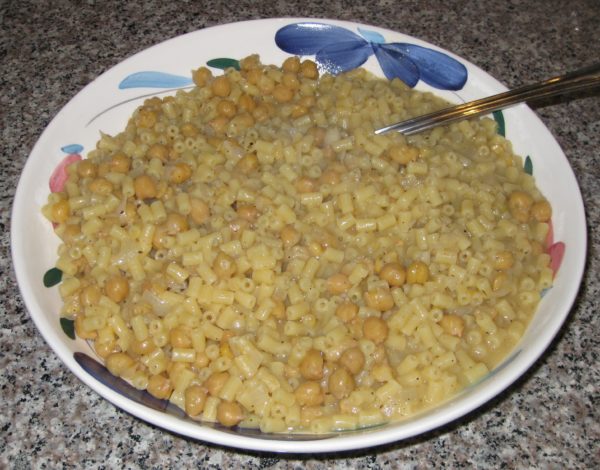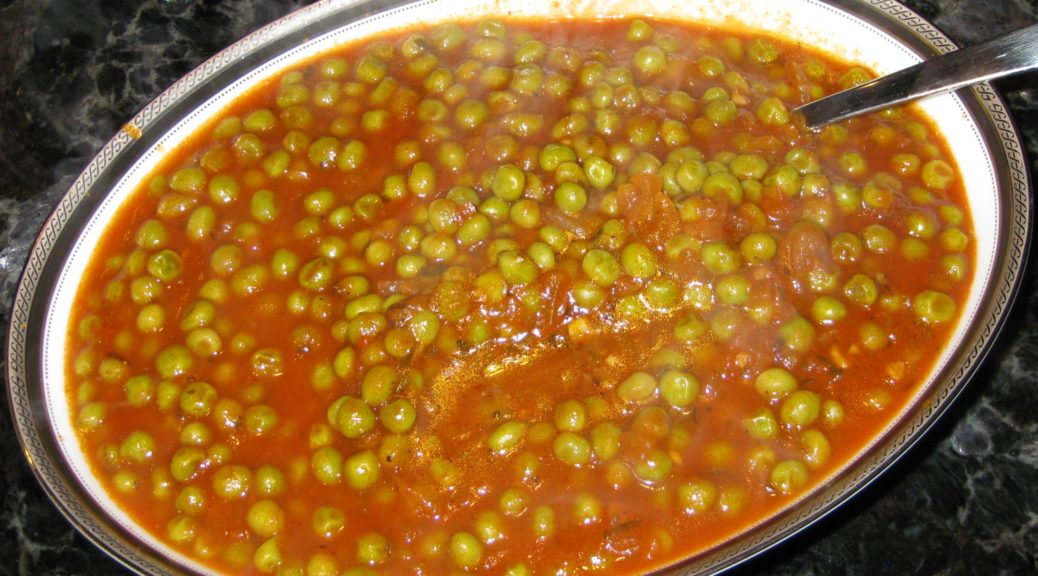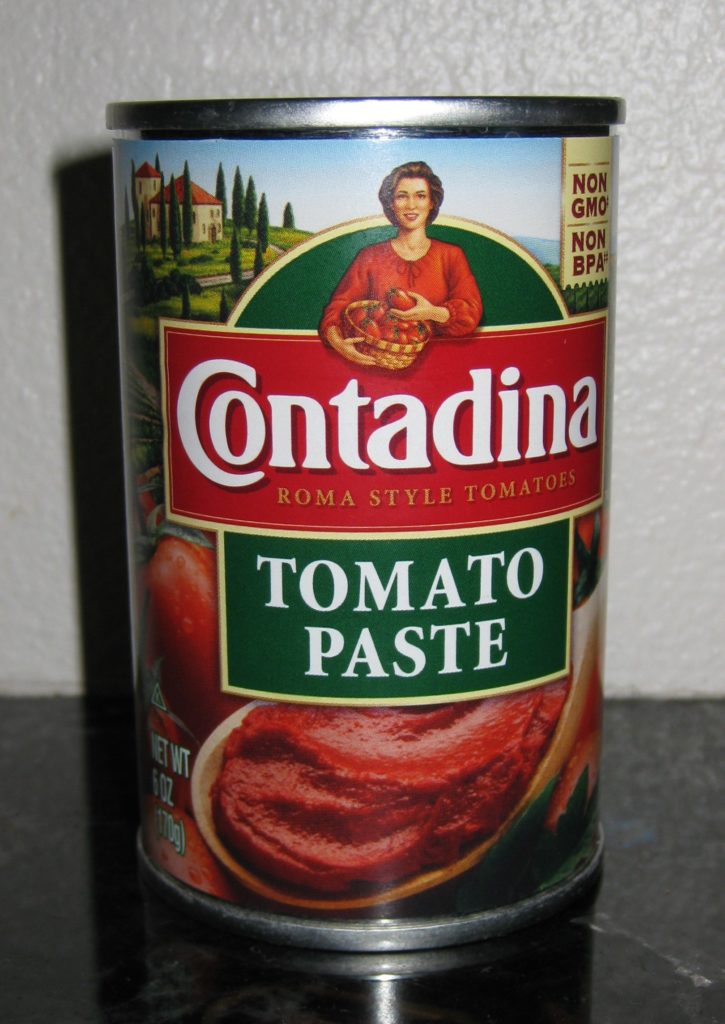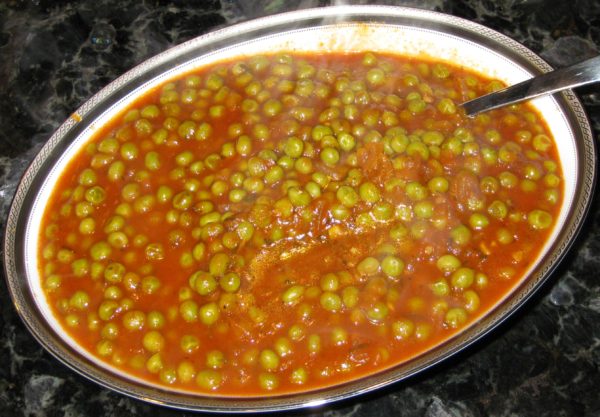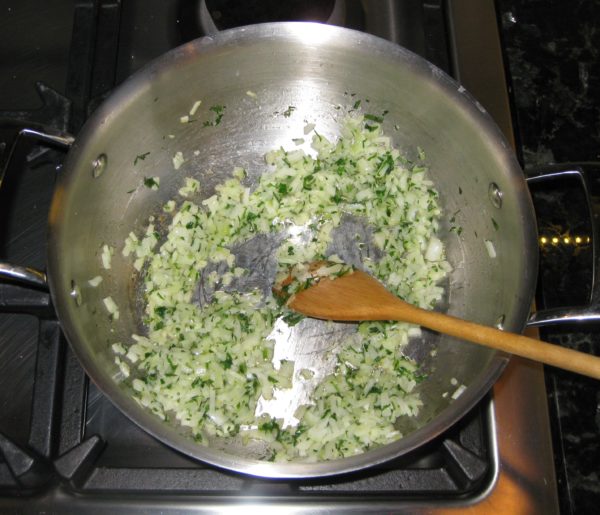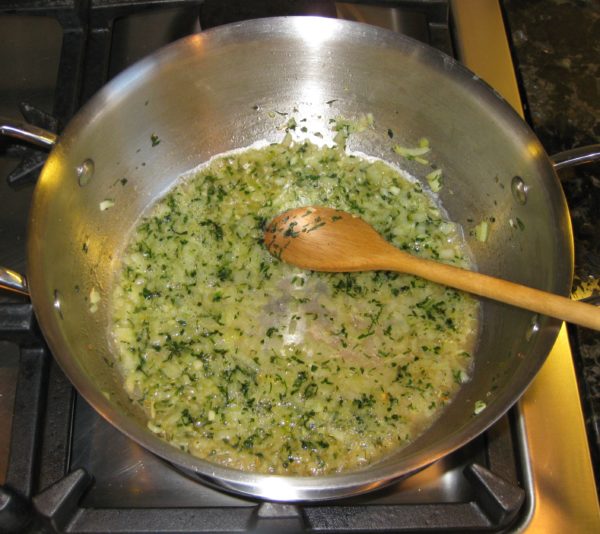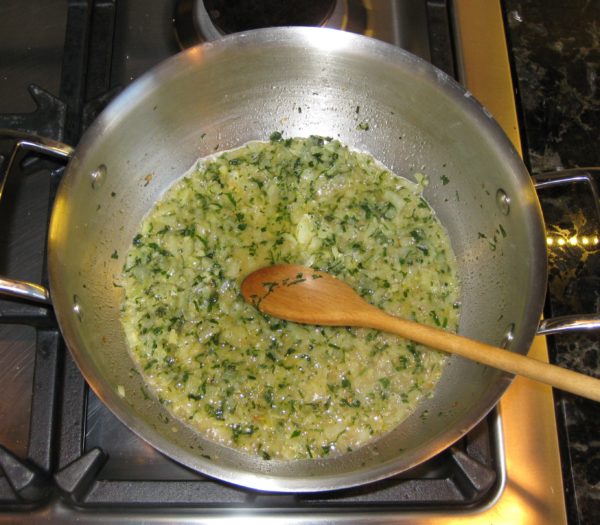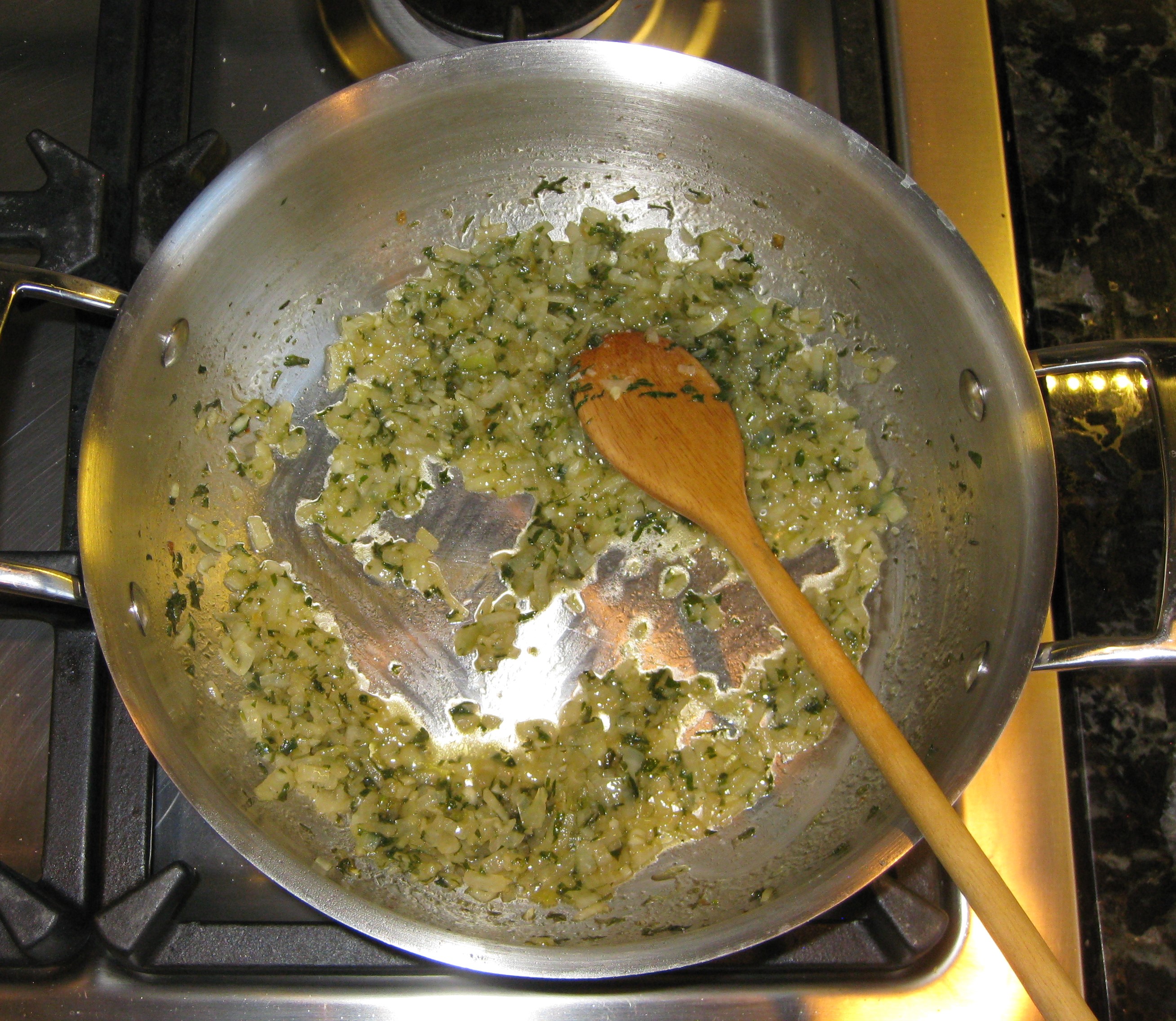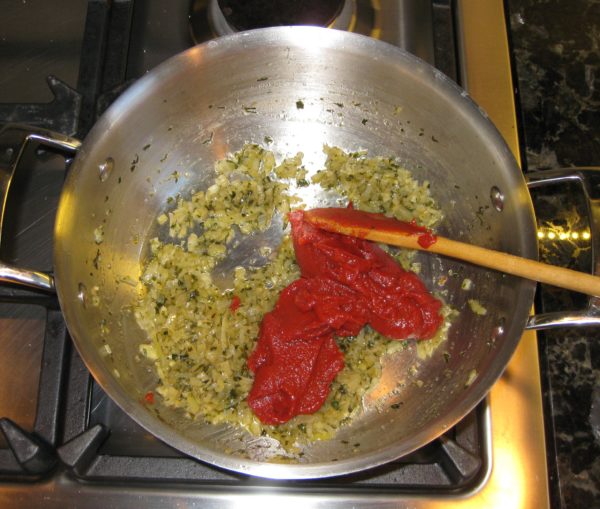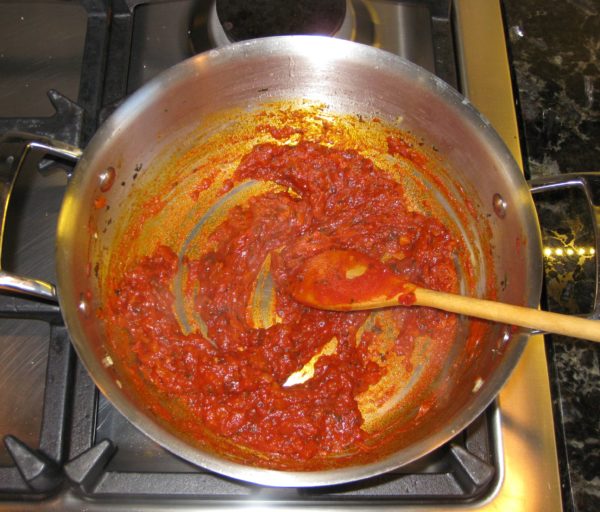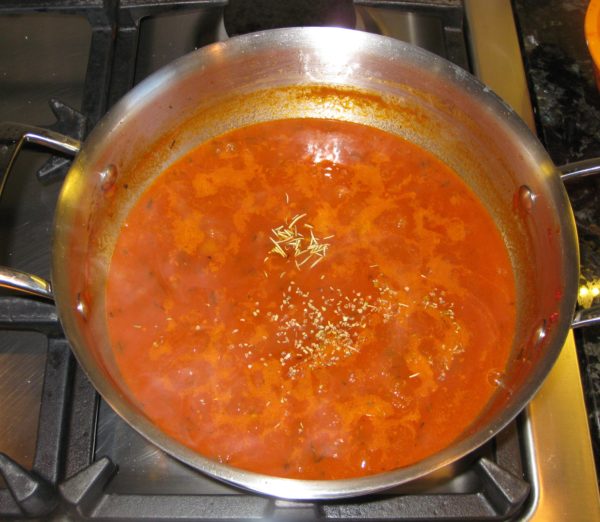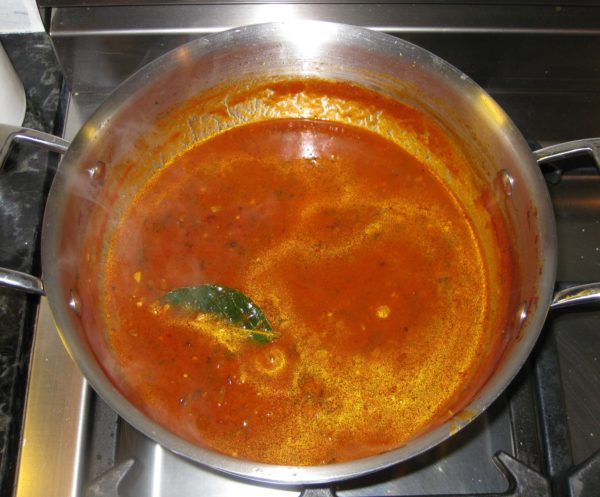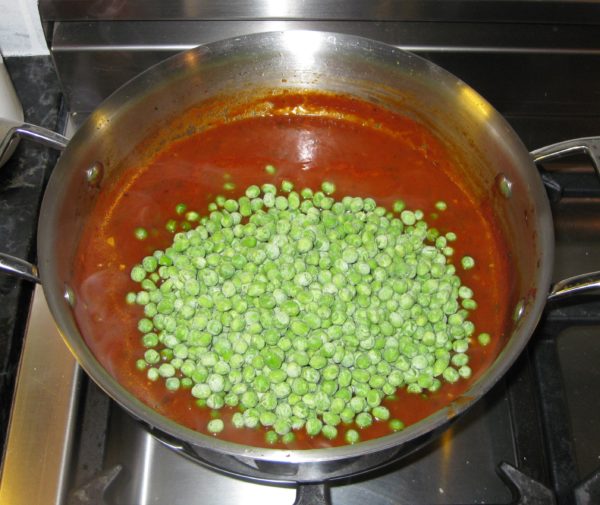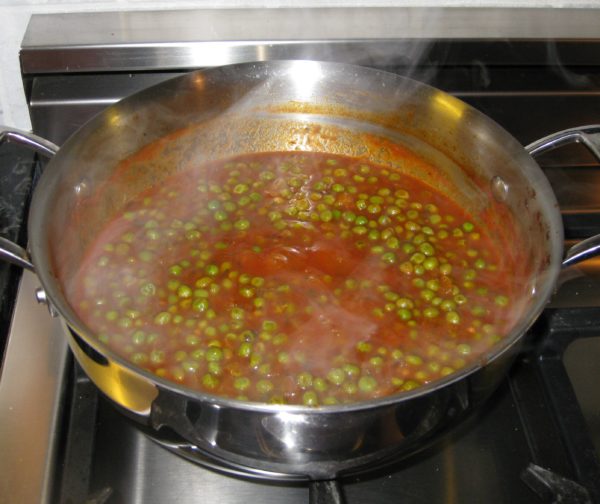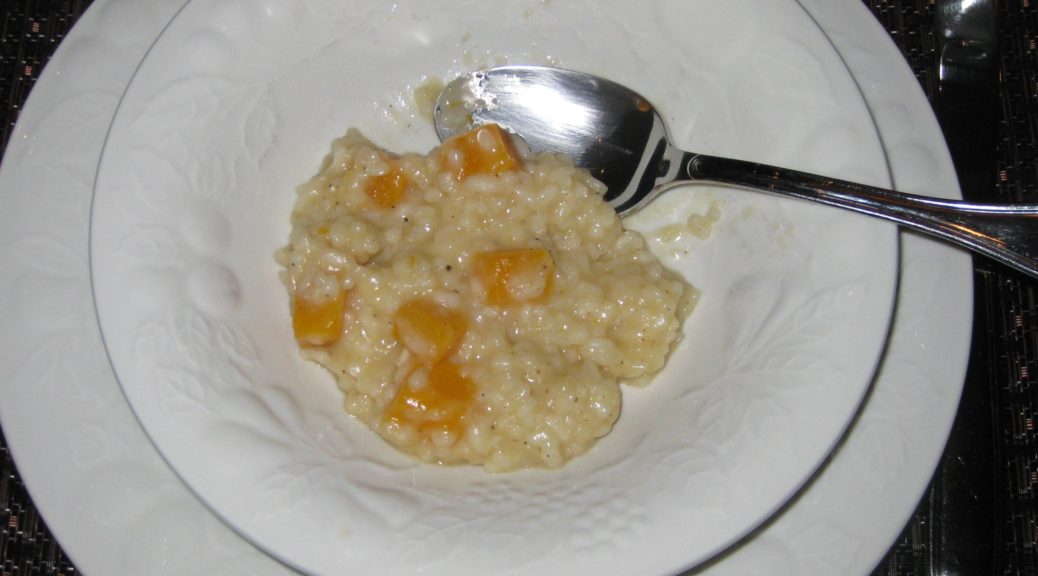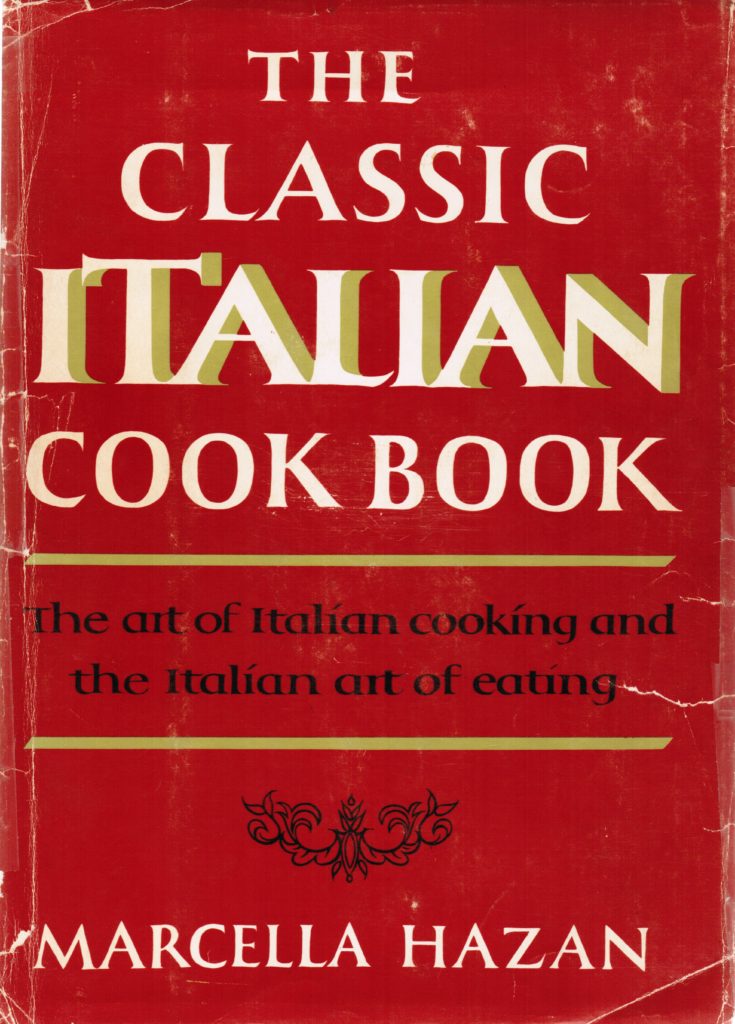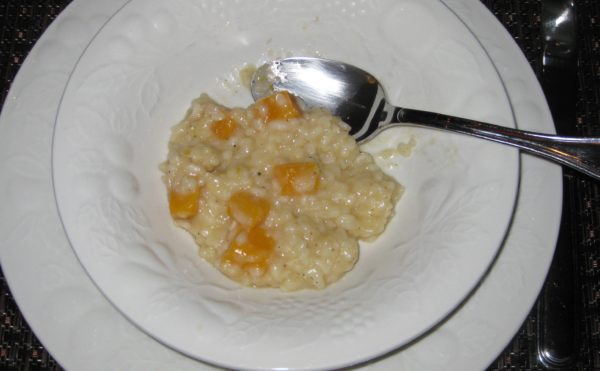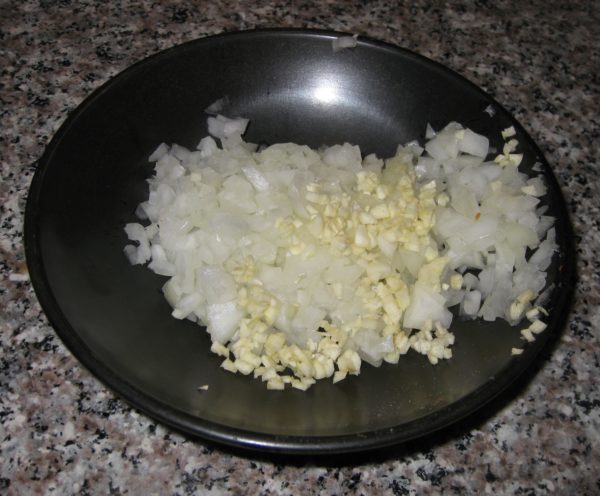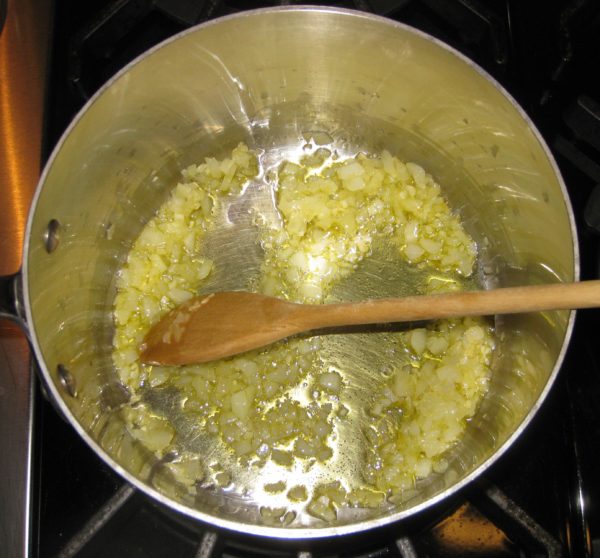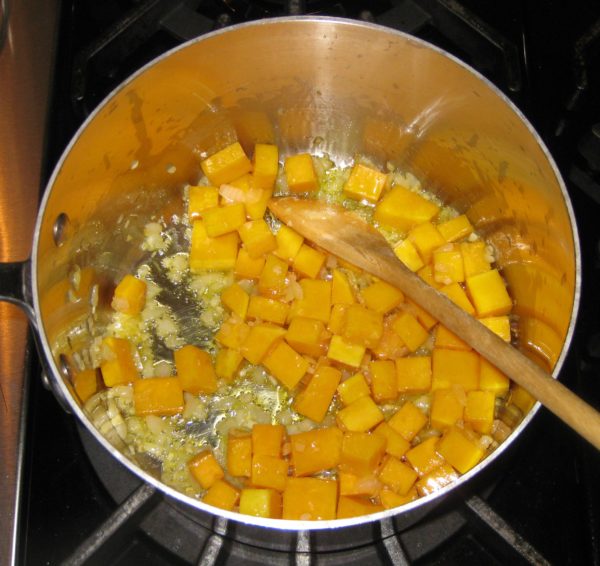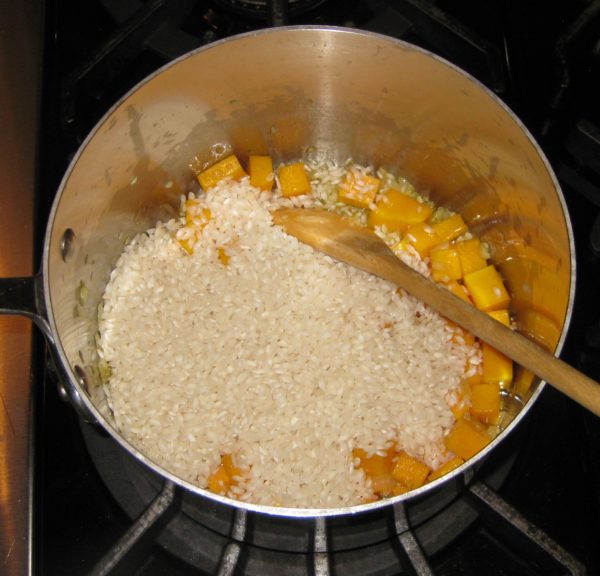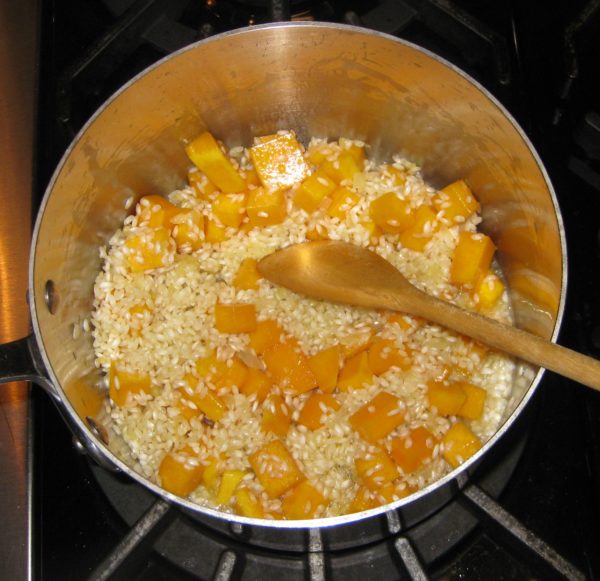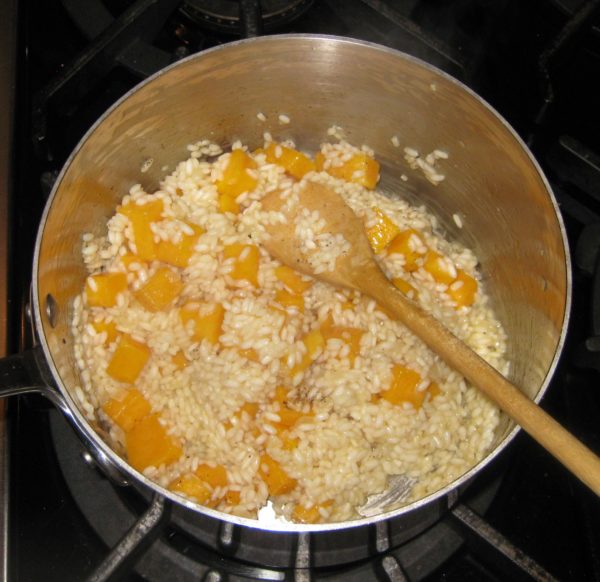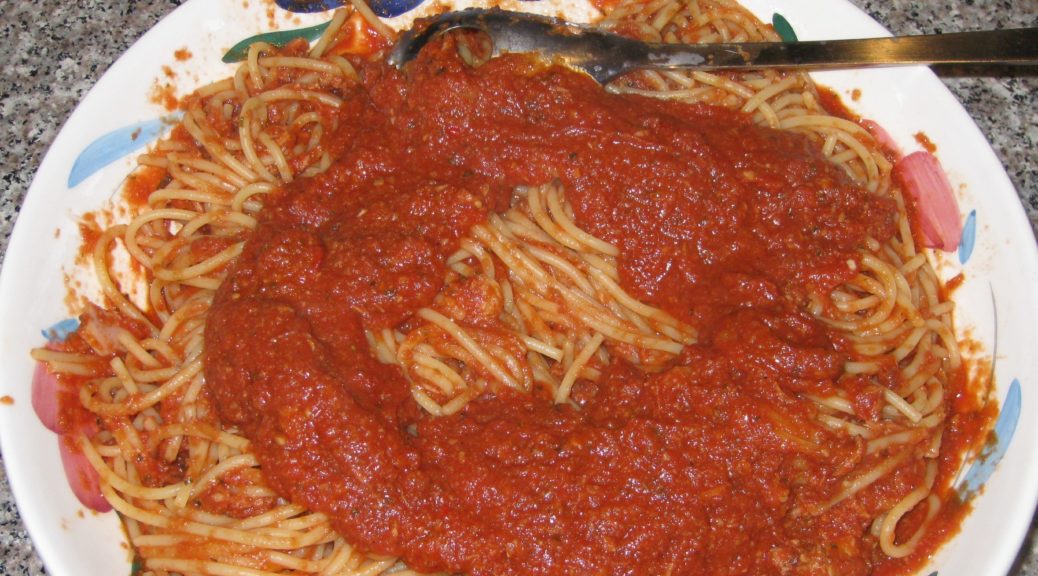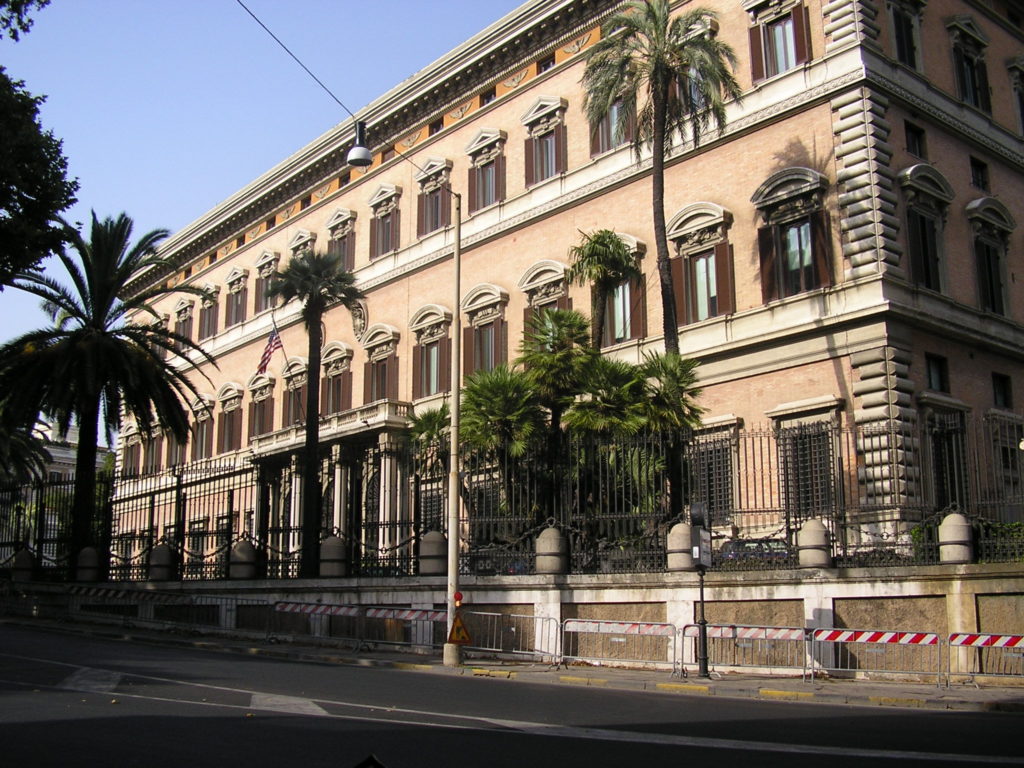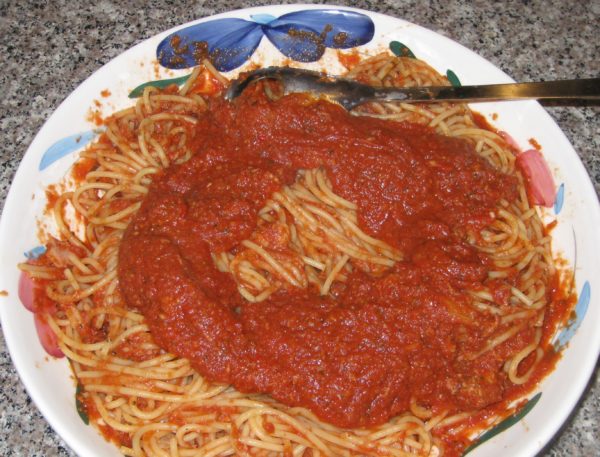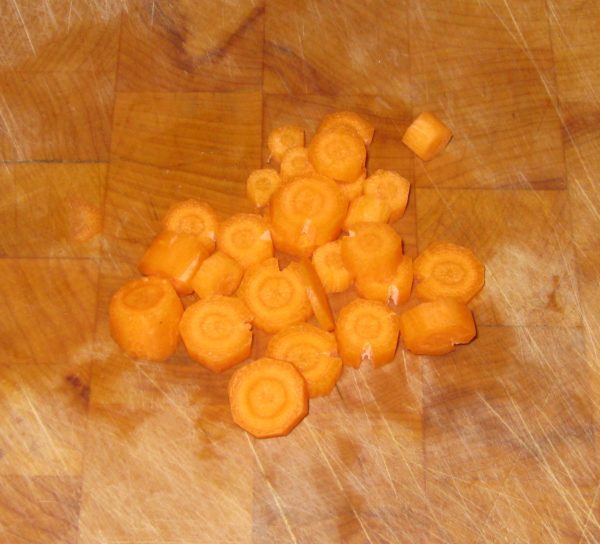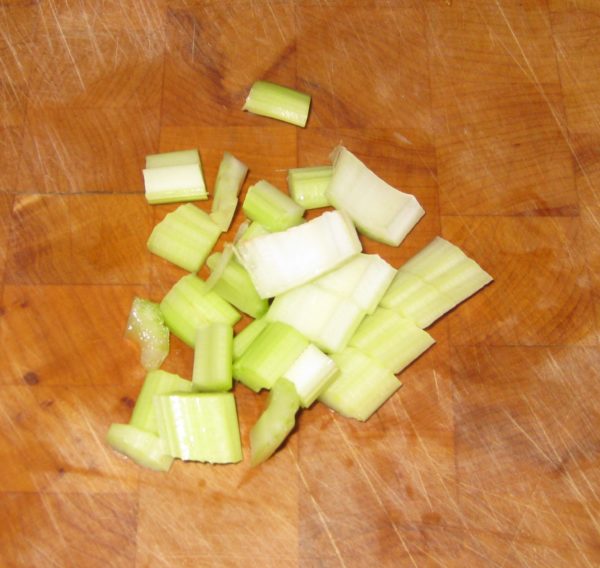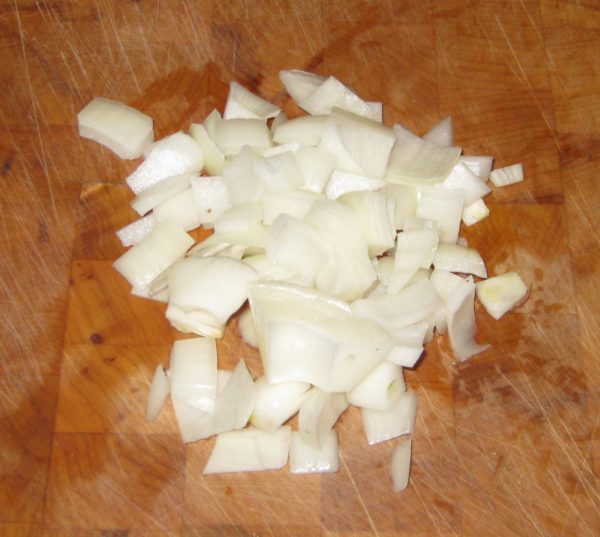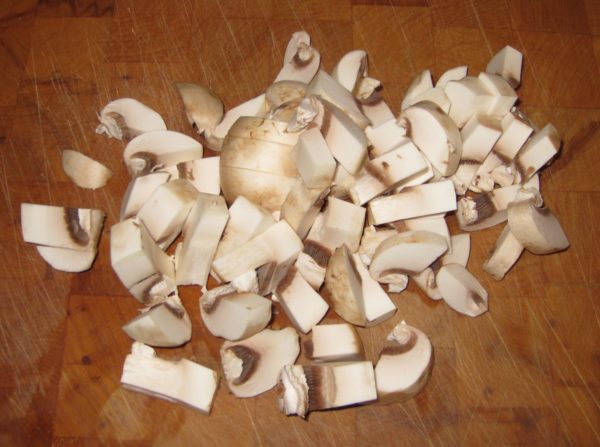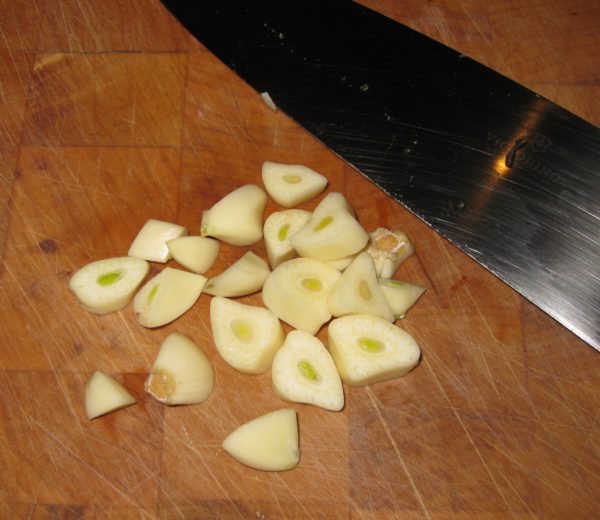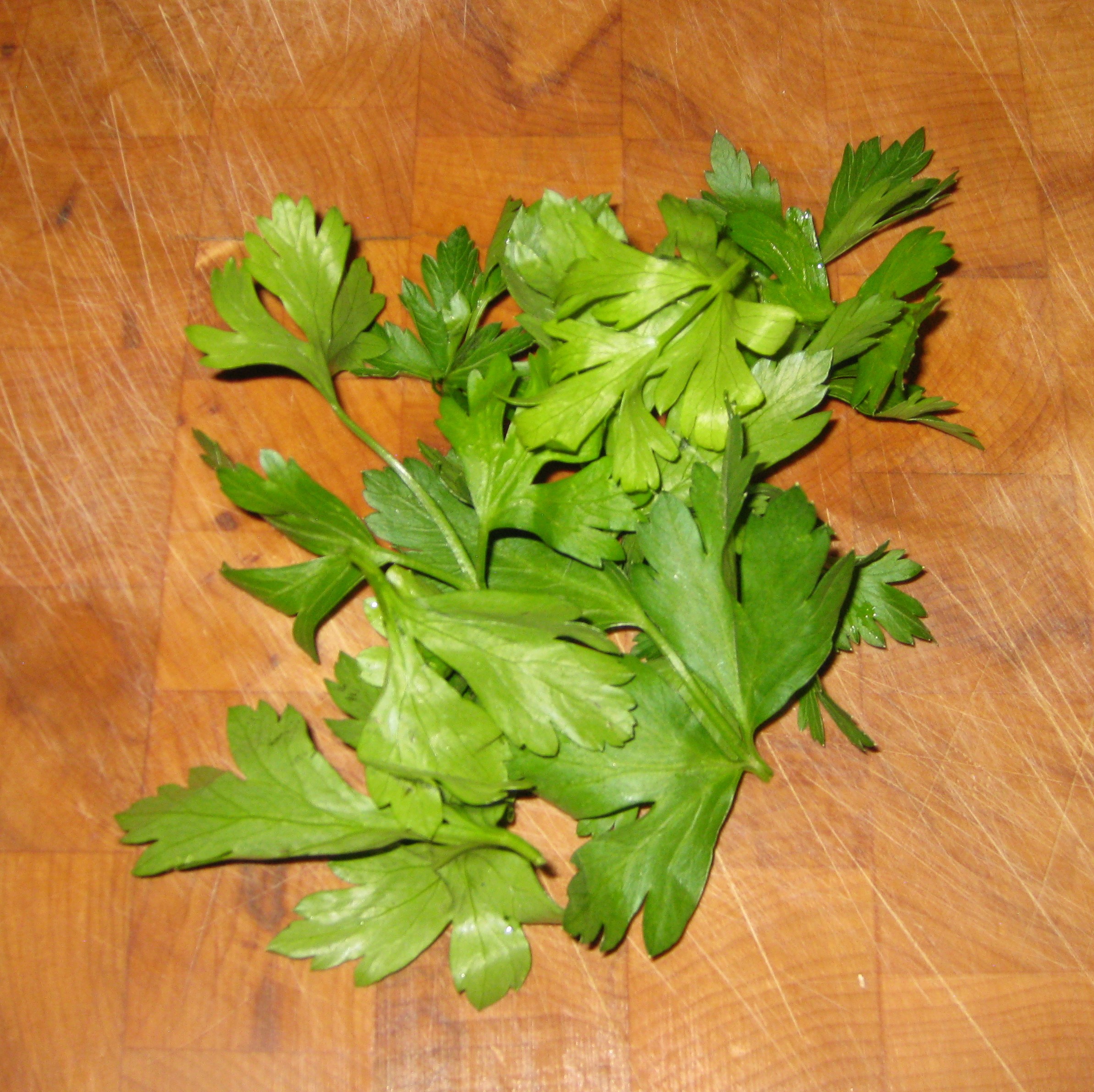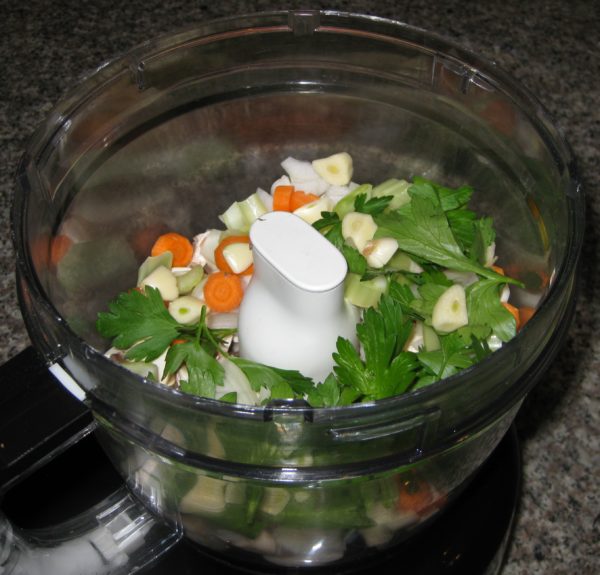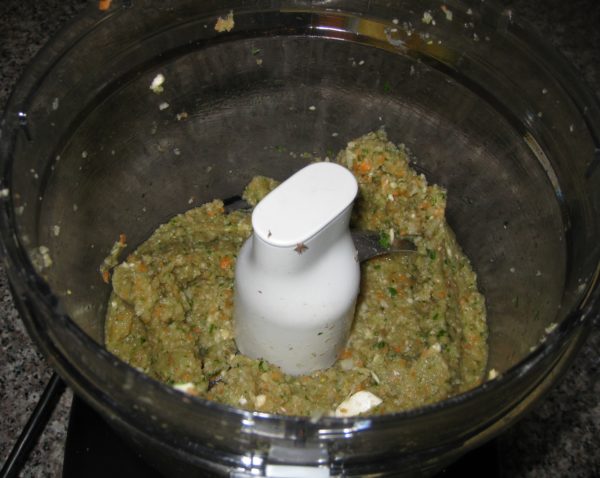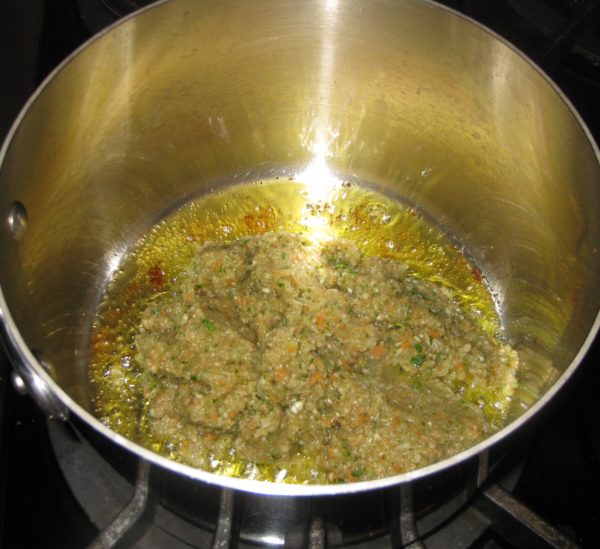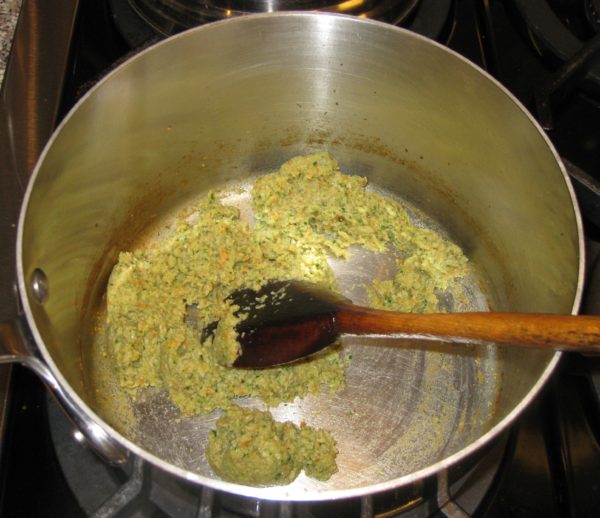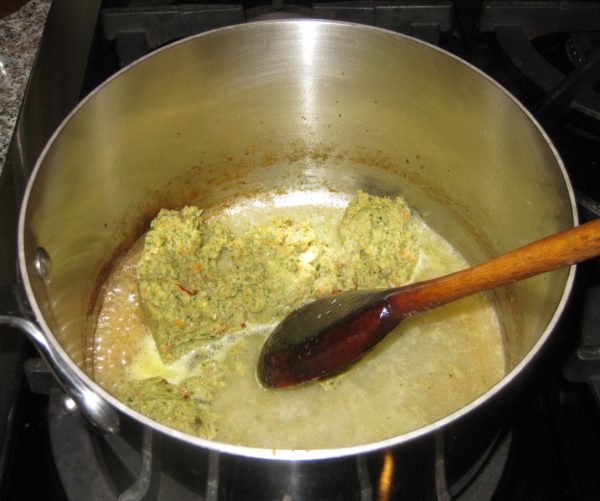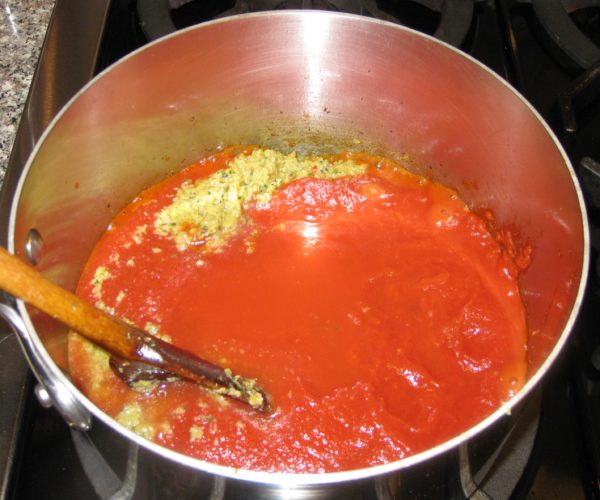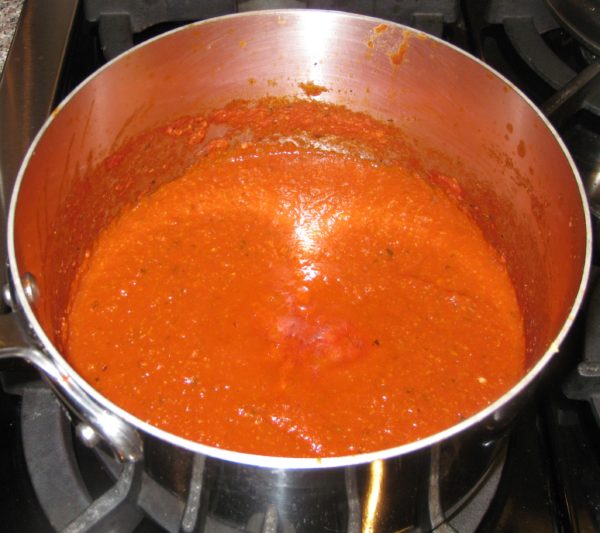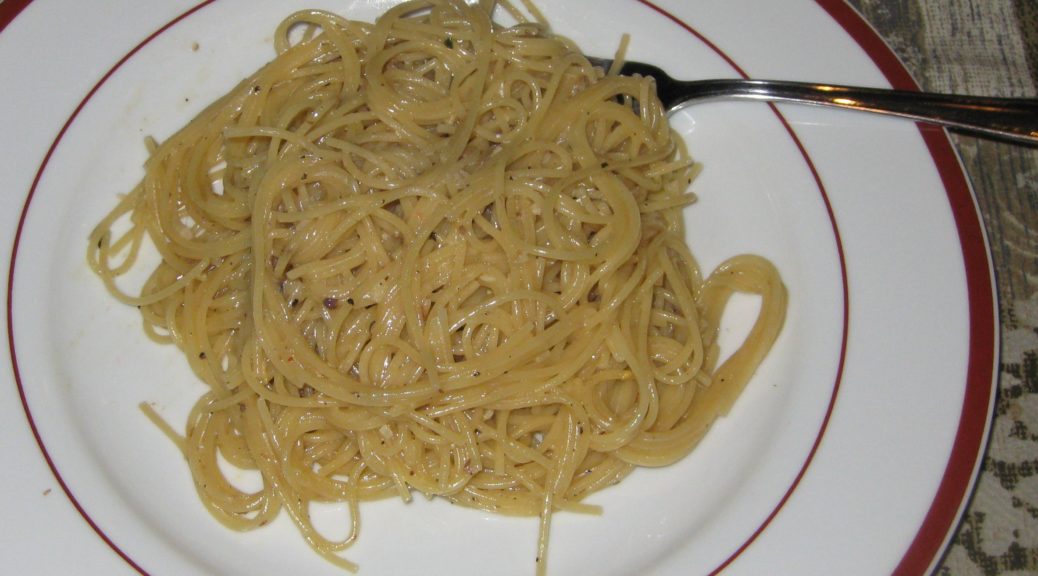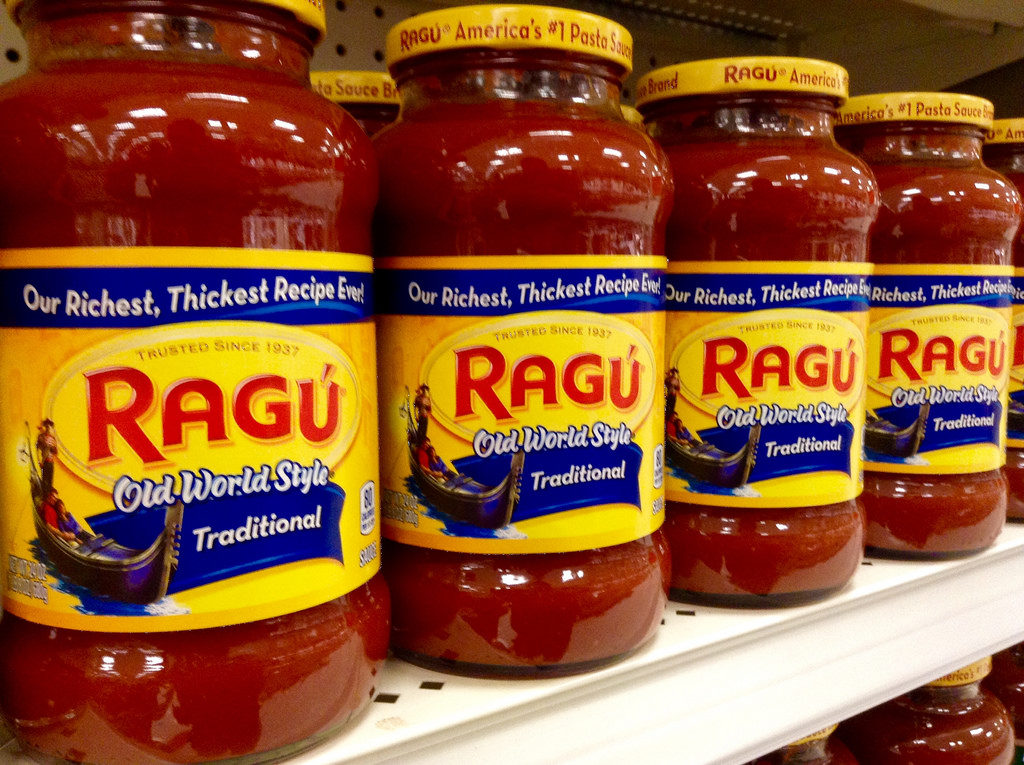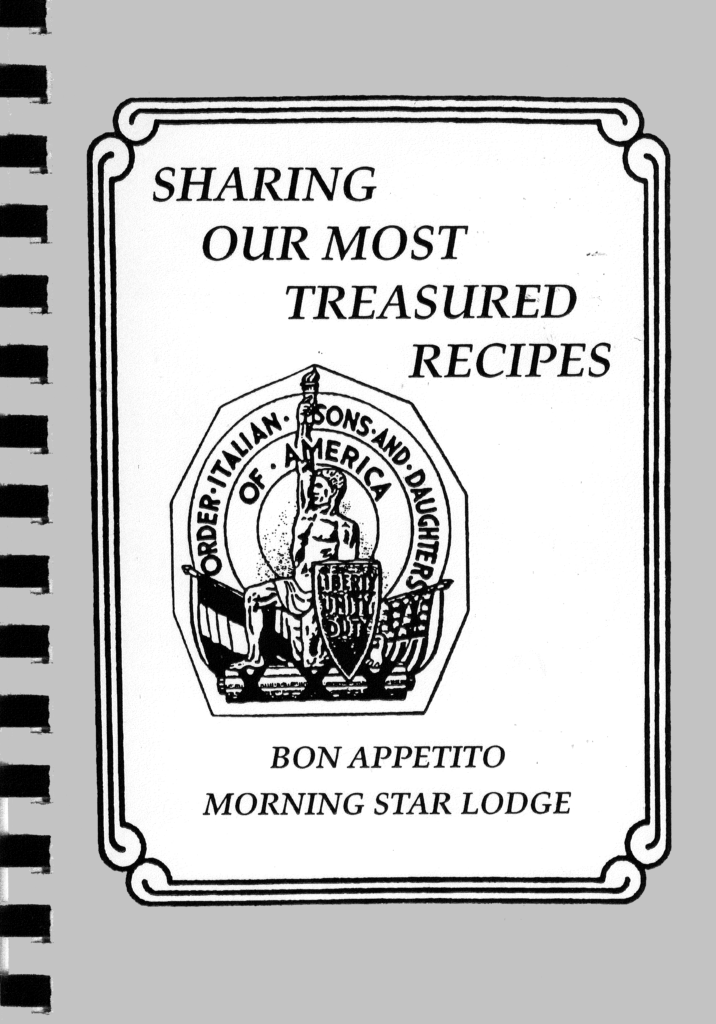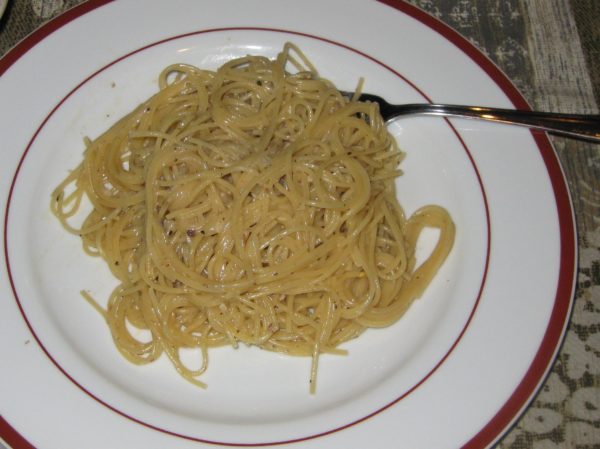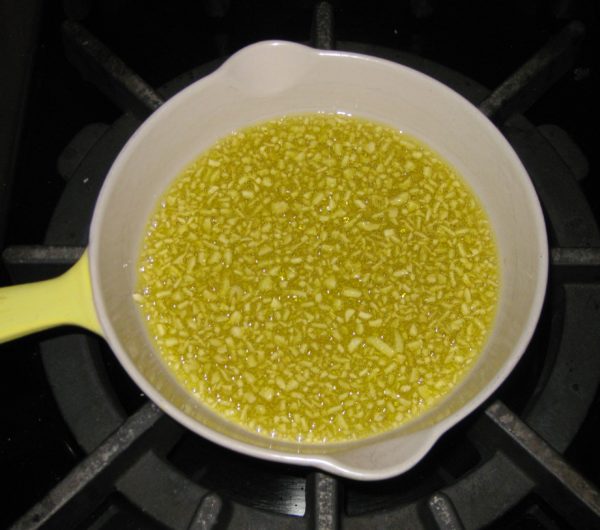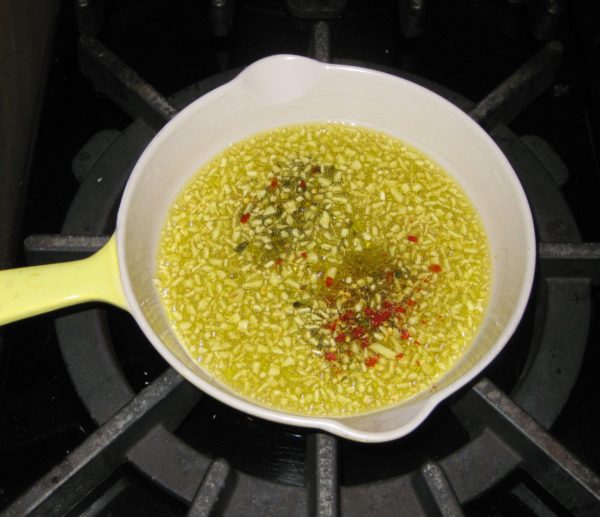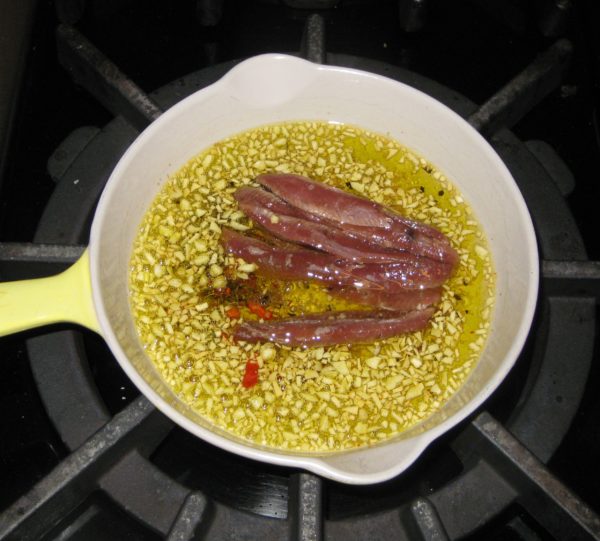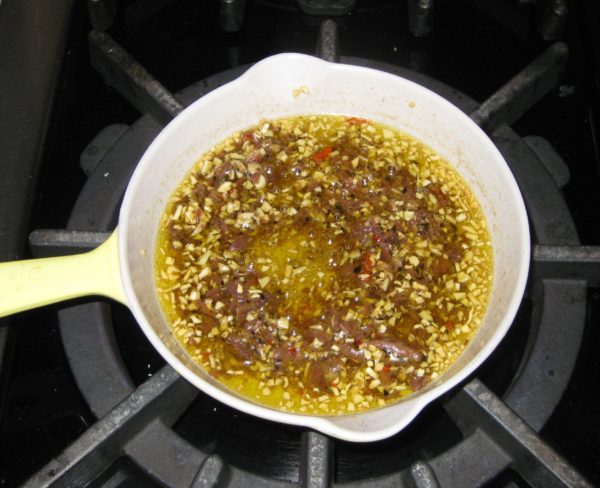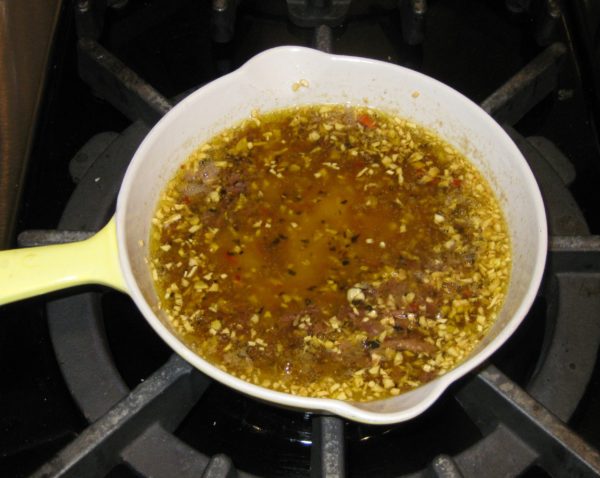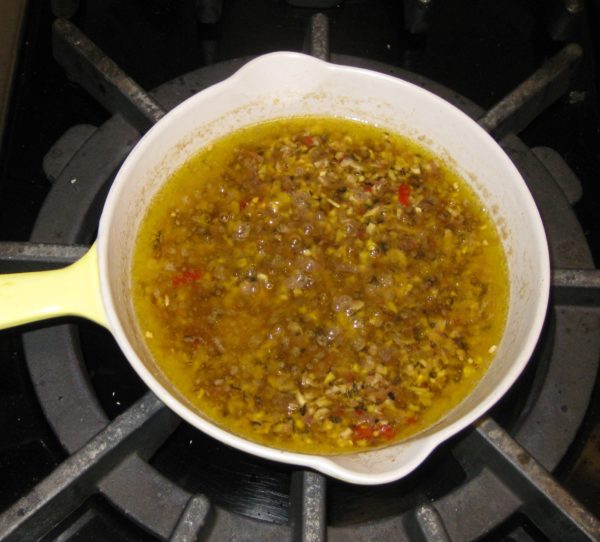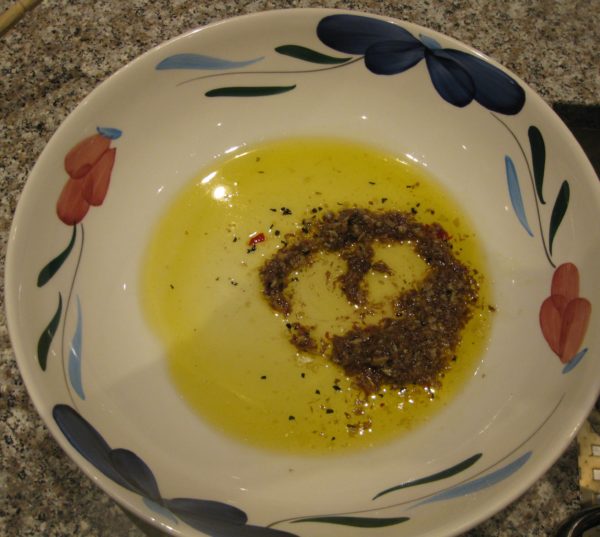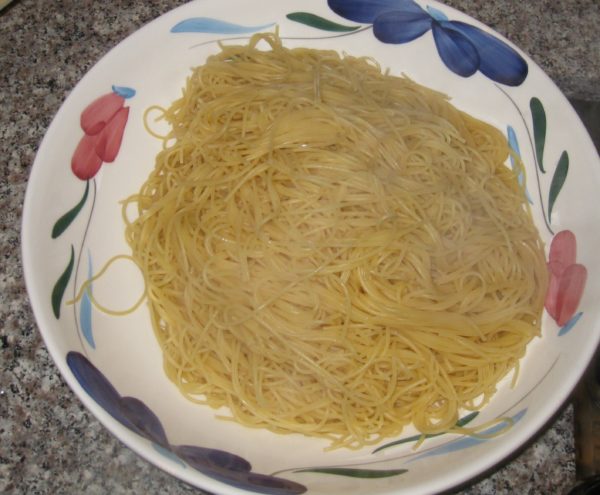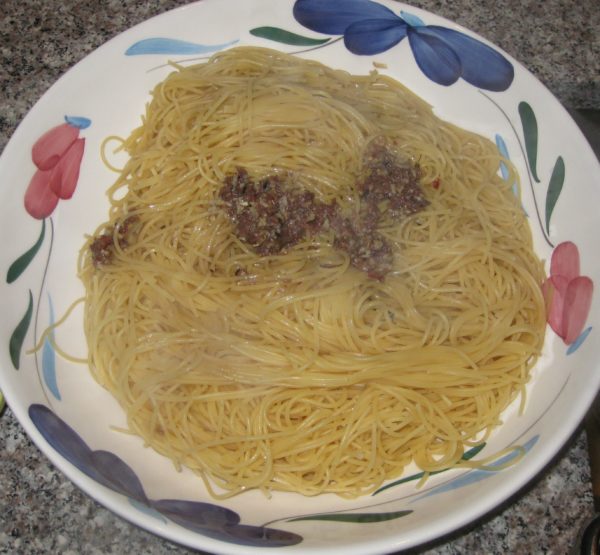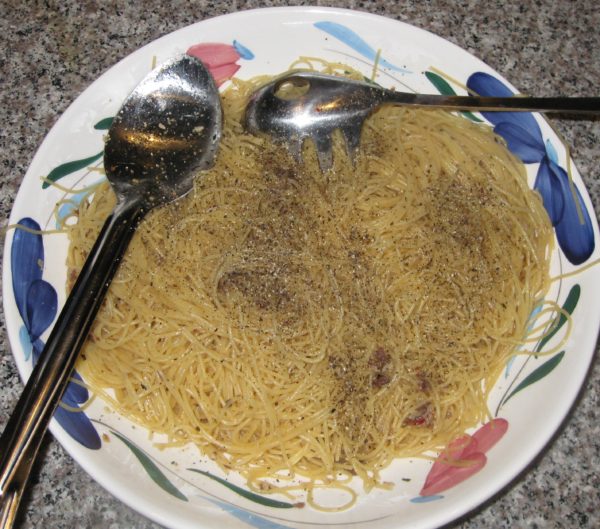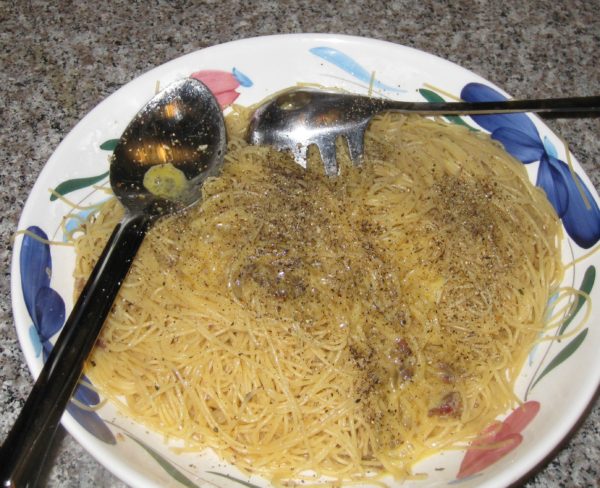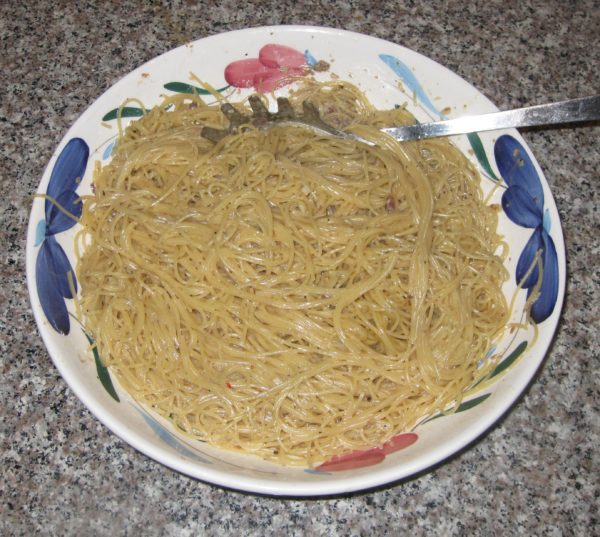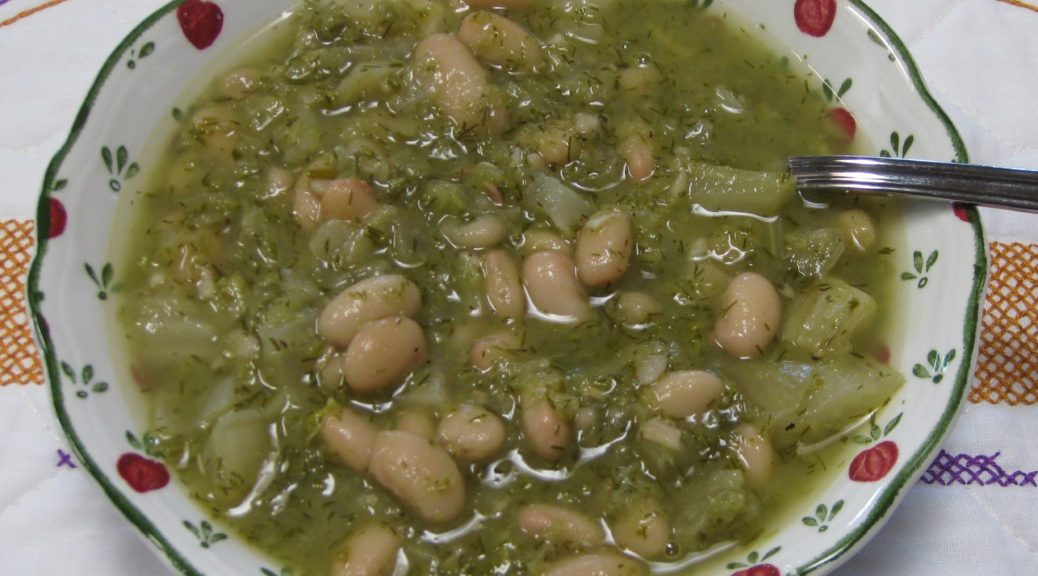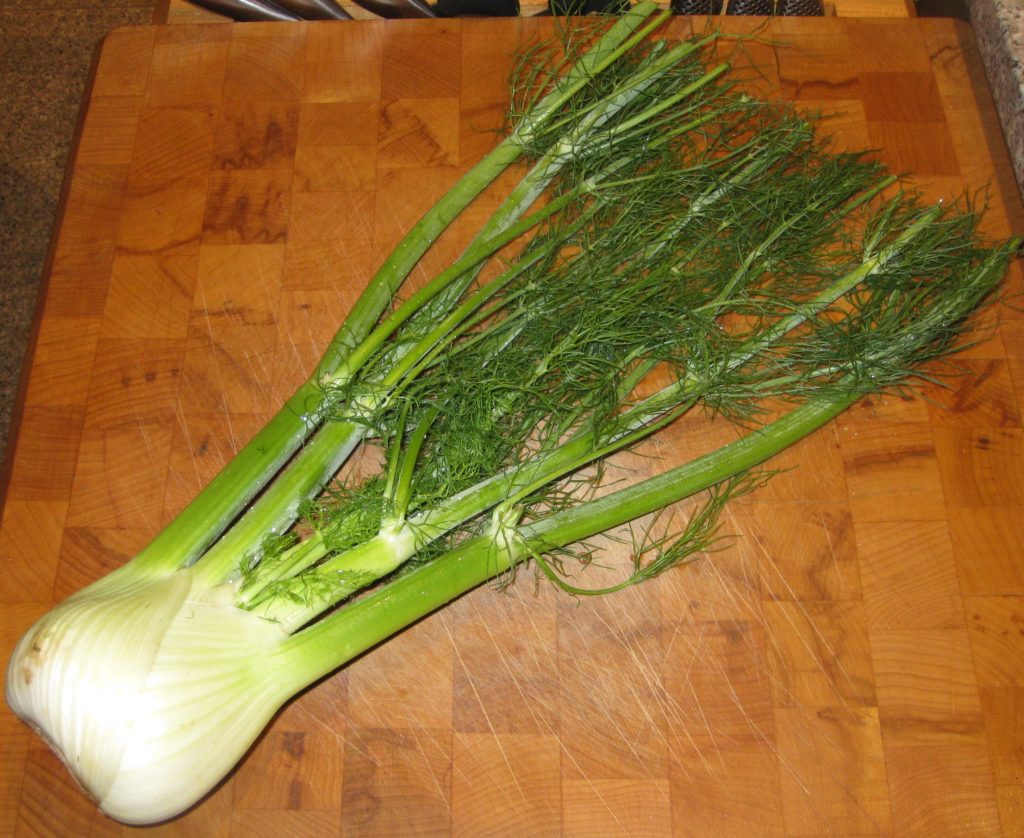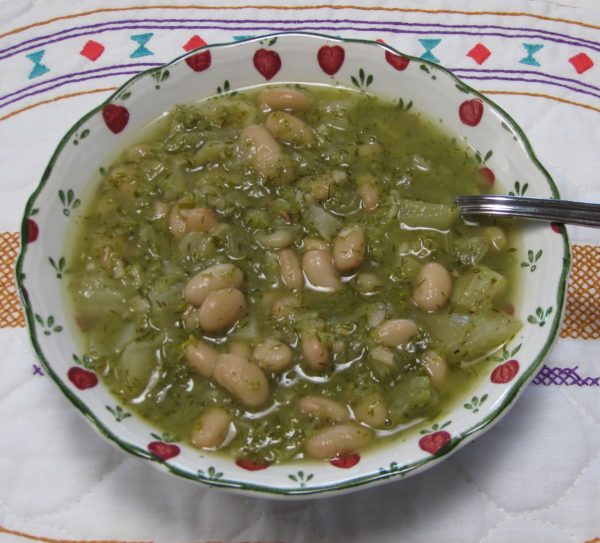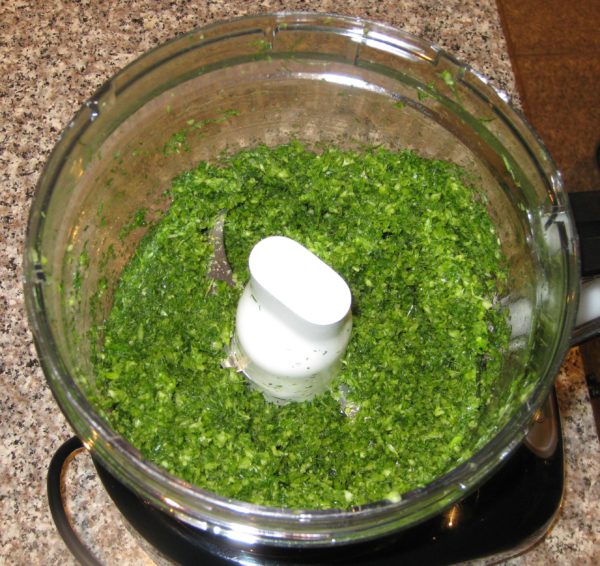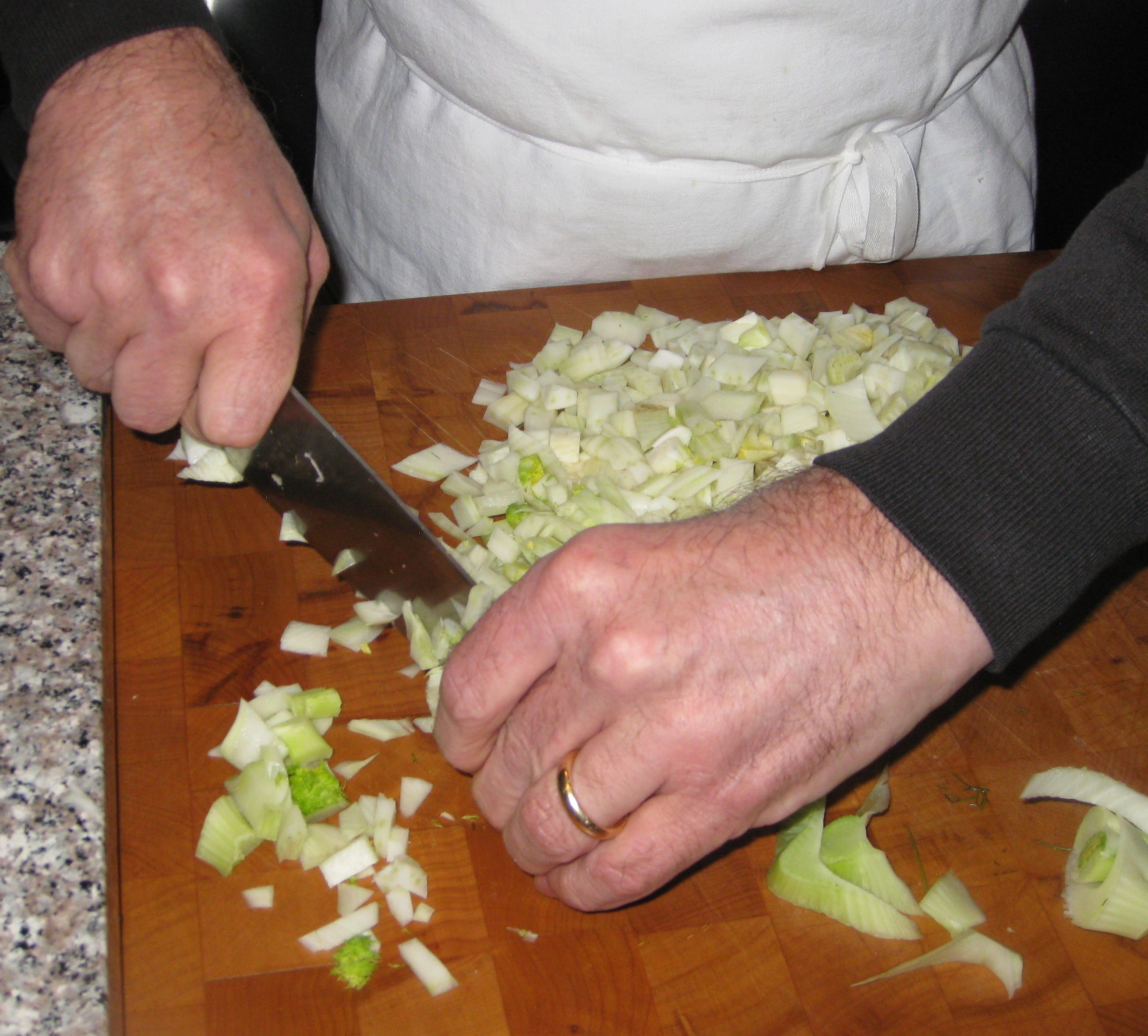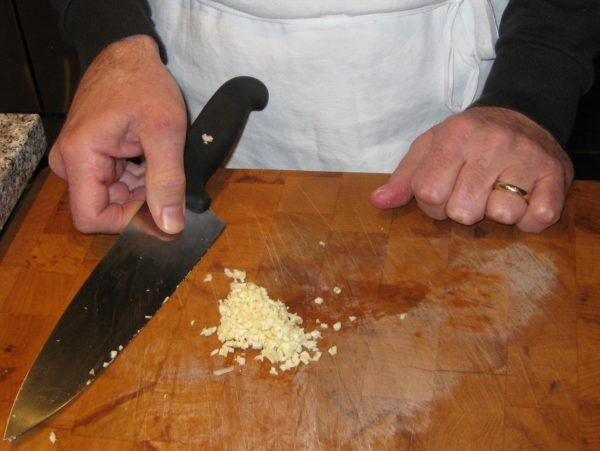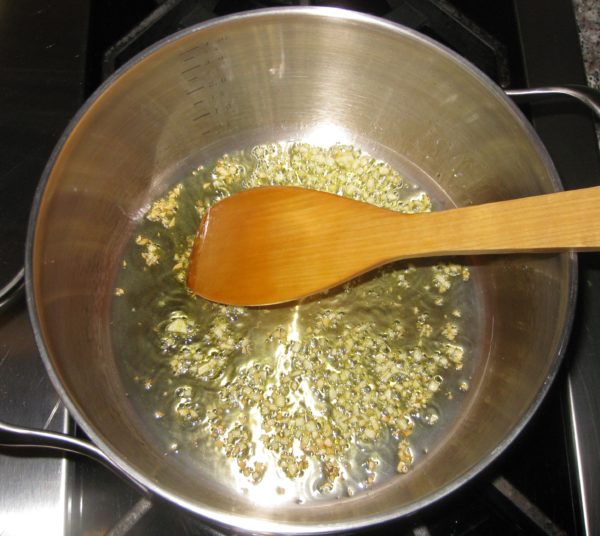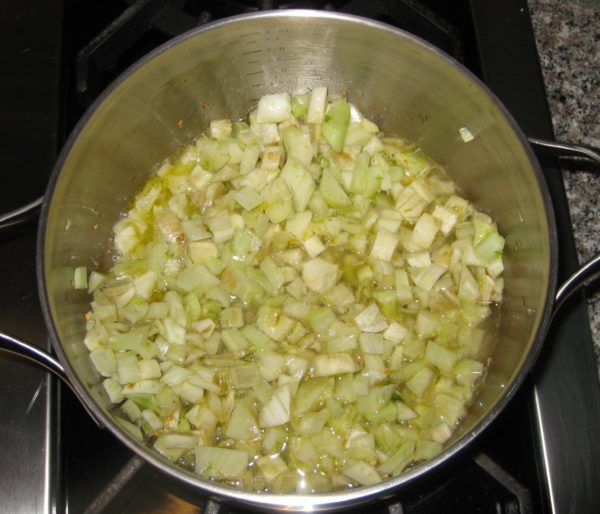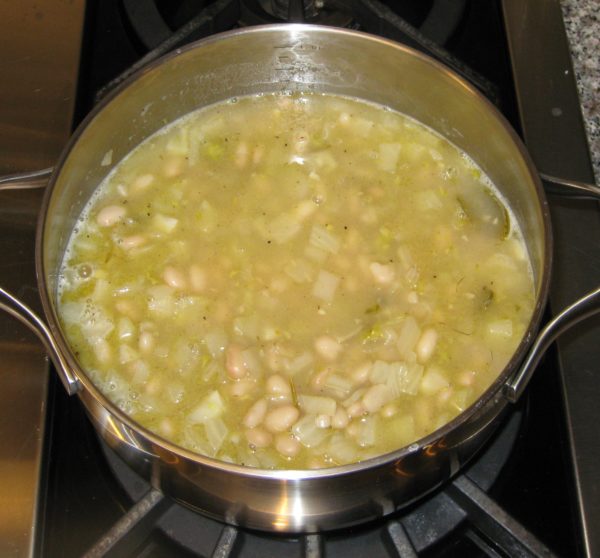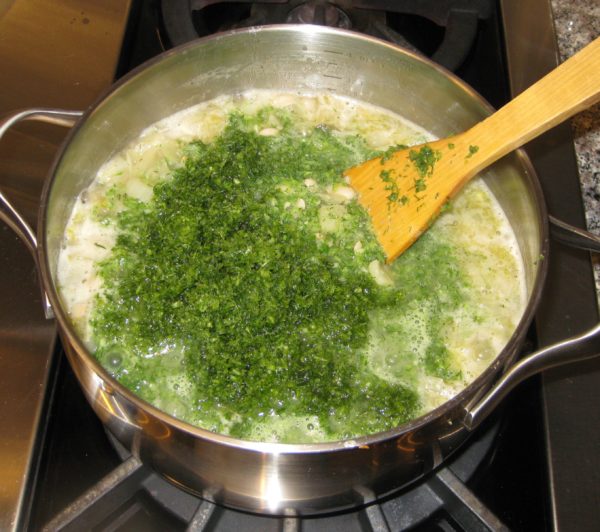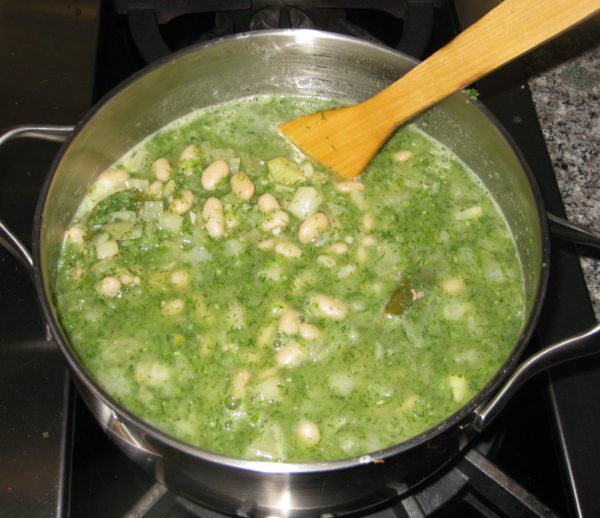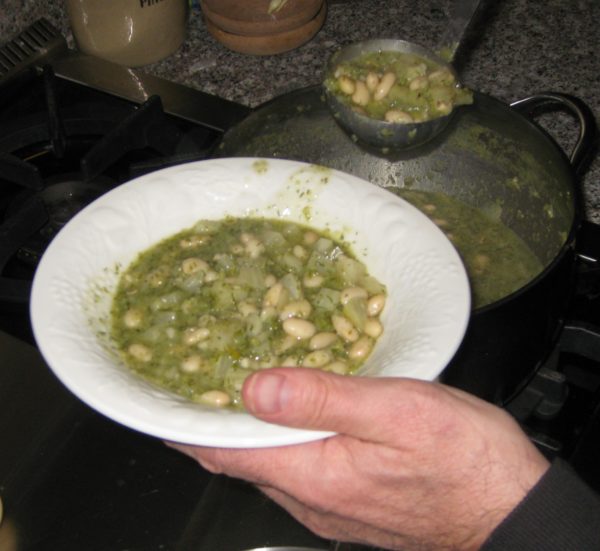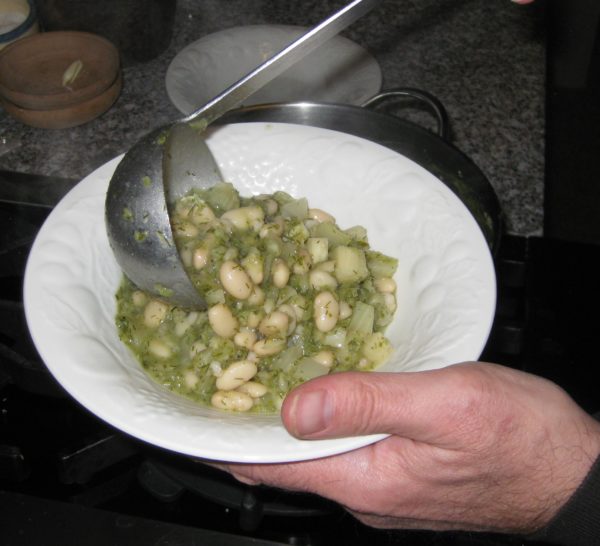21 March 2023
Cacio e Pepe, Pasta alla Gricia, Spaghetti all’Amatriciana, and Spaghetti alla Carbonara are the Holy Quaternity of Roman pasta dishes.
The sauce for Cacio e Pepe is little more than Pecorino Romano cheese emulsified into some of the pasta-cooking water to make a glossy sauce. Pasta alla Gricia adds cured pork, usually guanciale, to Cacio e Pepe. Amatriciana adds tomato to Gricia while Carbonara adds egg to Gricia.
And there you have it, arguably the four most important pasta dishes of Roman cuisine.
The origins of Spaghetti alla Carbonara are murky. Given the obvious relationship between these four pasta dishes one might think that there’s not much to talk about, one just naturally leading into the other. However, there is some intriguing evidence, and a little speculation, about the origins of Carbonara.
Join our mailing list and you’ll never miss a recipe again!
The evidence and speculation go like this. During the Allied liberation of Rome during WWII, the bacon and (powdered) eggs of American GI rations were combined with pasta to make a proto-Carbonara. Some Italians agree with this, and some do not. Those who do not usually insist that the cured pork product of choice is guanciale (cured pork jowl) not pancetta (cured pork belly) let alone American bacon.
But think about it. How likely is it that the Romans had any cured pork hanging around near the end of WWII? It’s more likely that they consumed anything that was consumable by then. The existence of guanciale in any significant quantity is unlikely. In addition, the first reference to Spaghetti alla Carbonara appeared in the newspaper La Stampa in 1950, indicating it was a favorite of American GIs.
Of course, it’s entirely possible that Spaghetti alla Carbonara existed prior to WWII and was made with guanciale. After the Allied liberation of Rome, it’s reasonable to see how GI rations of (powdered) egg and bacon could have been substituted for fresh eggs and guanciale. It’s also possible, even probable, that if it existed before the 1940s, Carbonara wasn’t written about because it was part of the cuisine of the poor (cucina povera). Despite our current fascination with traditional cuisine, until recently culinary history largely focused on foods eaten by the upper classes, not the poor.
Follow us on social media
Unless more evidence comes to light, we may never know the origins of Spaghetti alla Carbonara. Even so, there are some things we can say definitively:
- Adding cream to Carbonara is an abomination!
- If not the original meat, American bacon has a legitimate place in the history of Carbonara.
- Carbonara is delicious, whether made with guanciale, bacon, or pancetta. Yes, each is different but each is delicious! I’ve used all of them. I prefer bacon but I’ll never turn down a well-made dish (or three) of Spaghetti alla Carbonara regardless of what cured pork product went into it.
The most challenging part of making carbonara is to incorporate the eggs, getting them to thicken into a sauce without either remaining raw or turning into scrambled eggs. I’ve got a little trick that eliminates these concerns.
Read on!
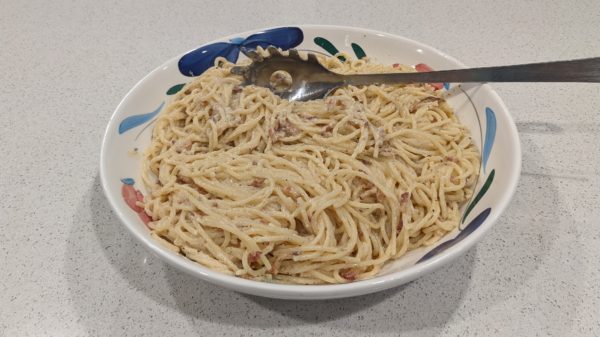
| Prep Time | 15 minutes |
| Cook Time | 20 minutes |
| Servings |
people
|
- 450 to 500 grams spaghetti
- 4 cloves garlic crushed
- 225 grams American smoked bacon or guanciale or pancetta
- 80 ml dry white wine
- 2 eggs
- 2 egg yolks
- 70 grams Pecorino Romano cheese
- 3 tablespoons minced fresh parsley optional
- 2 teaspoons Freshly ground black pepper plus more to taste
- salt as needed
Ingredients
|

|
- Cut the bacon into matchstick-size pieces.
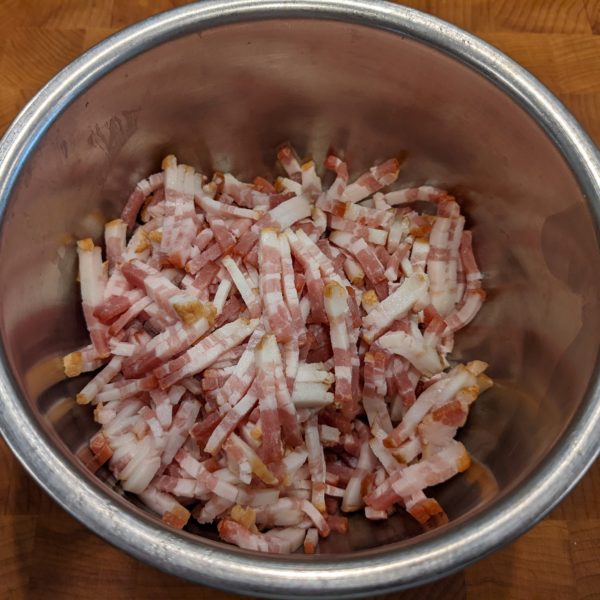
- Sauté the bacon in a dry sauté pan until some fat renders.
- Add the garlic and sauté until the garlic is quite golden, but not brown. Remove the garlic and reserve. If the bacon is not well browned, continue cooking.
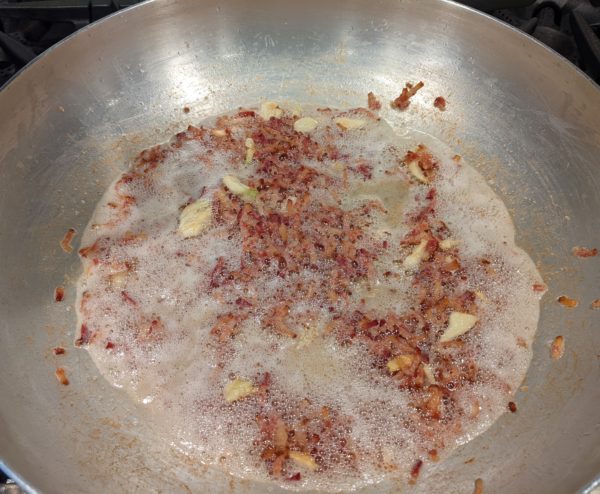
- Meanwhile, combine the eggs, egg yolks, Pecorino Romano cheese, 2 teaspoons black pepper, and reserved cooked garlic in a blender jar. Reserve.
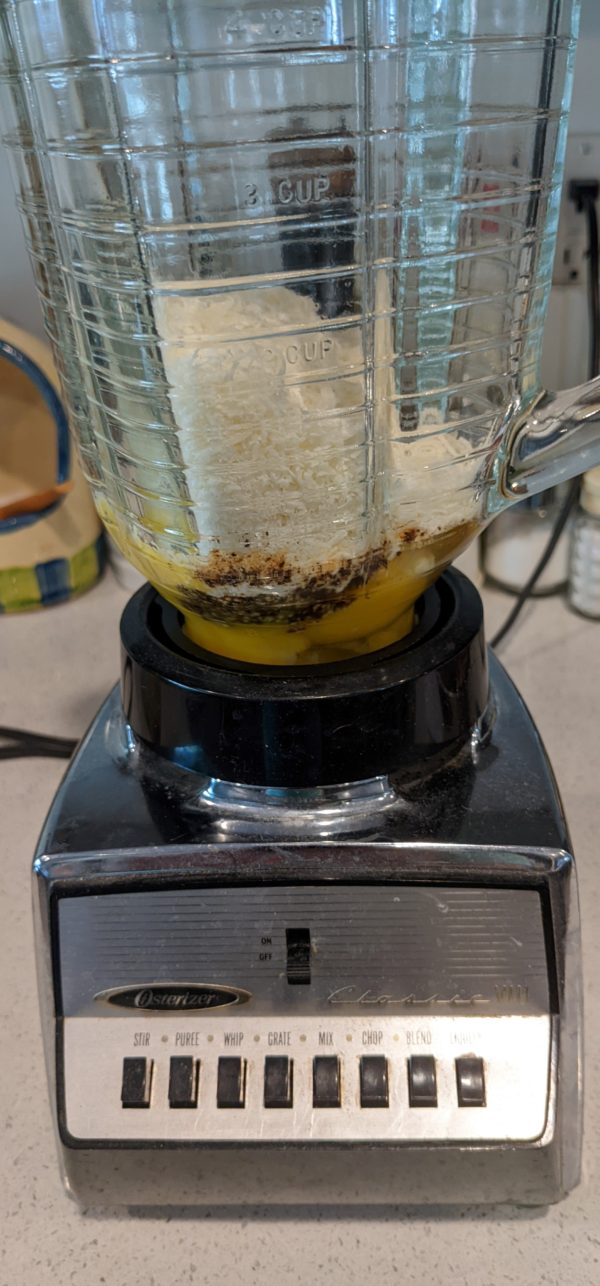
- When the bacon is brown, add the wine and remove from the heat unless you are adding the pasta immediately. The dish can be made several hours ahead to this point.
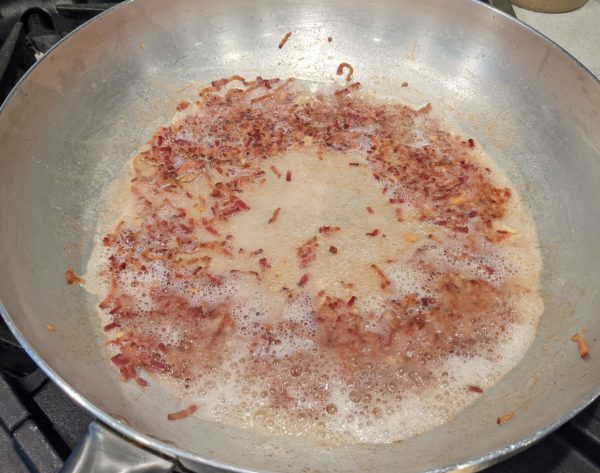
- Cook the spaghetti in salted water until just shy of al dente.
- Just before draining the pasta, reheat the bacon and cook off the wine.
- Add the pasta to the bacon and sauté on medium to medium-high heat.
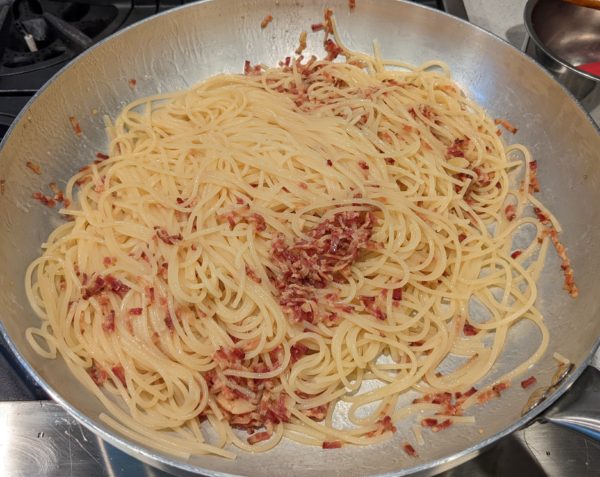
- Add pasta-cooking water, about one ladleful at a time, and continue cooking the pasta, stirring frequently, until al-dente. There should be enough liquid to coat the pasta in a thick "sauce."
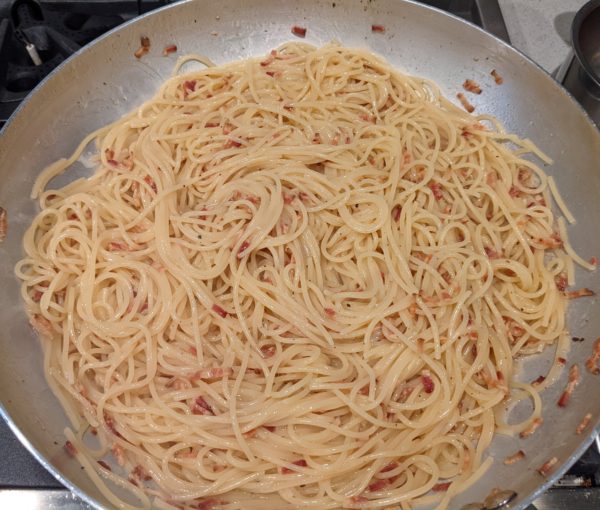
- Just as the pasta reaches al dente, turn on the blender. Blend the contents thoroughly and then add about 120 ml (½ cup) of the hot pasta cooking liquid while the blender is still running.
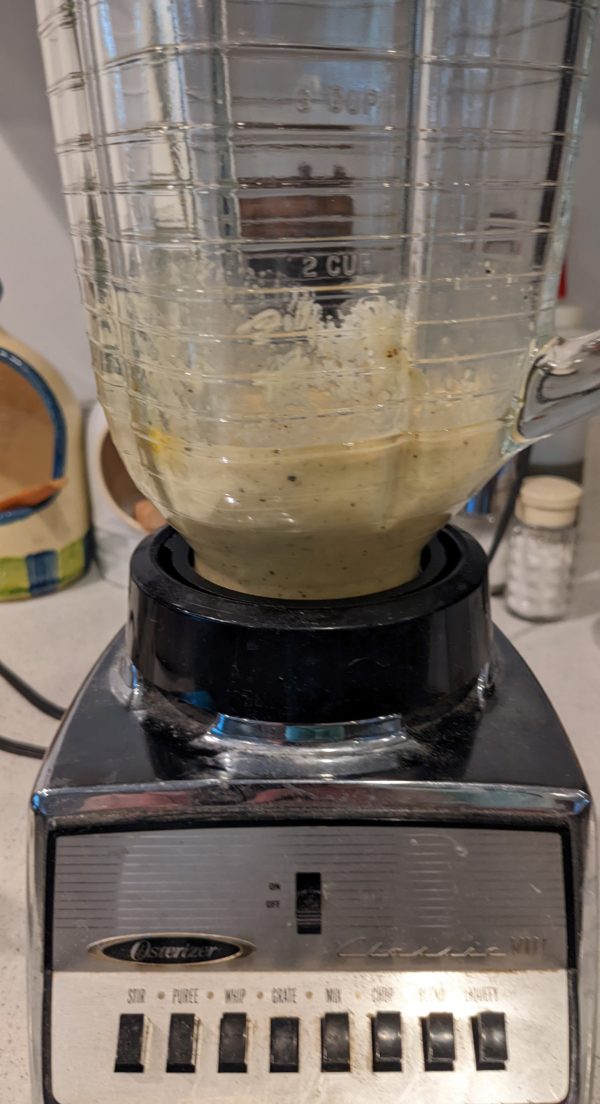
- Off the heat, add the blended egg mixture to the pasta along with the parsley, if using, and even more freshly ground black pepper.
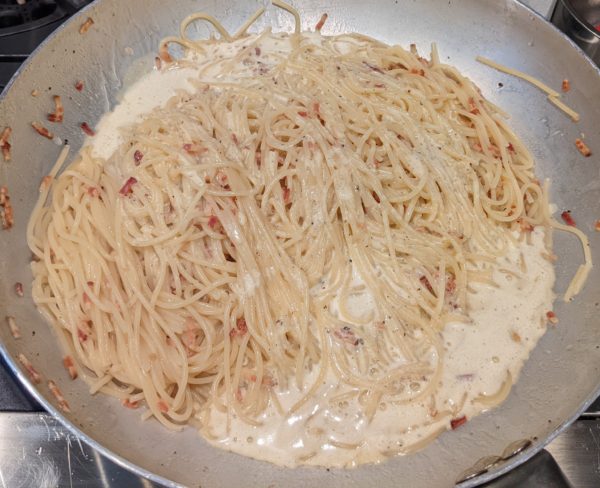
- Mix well to turn the eggs into a creamy sauce, adding pasta-cooking water if needed. Taste and adjust salt and pepper.
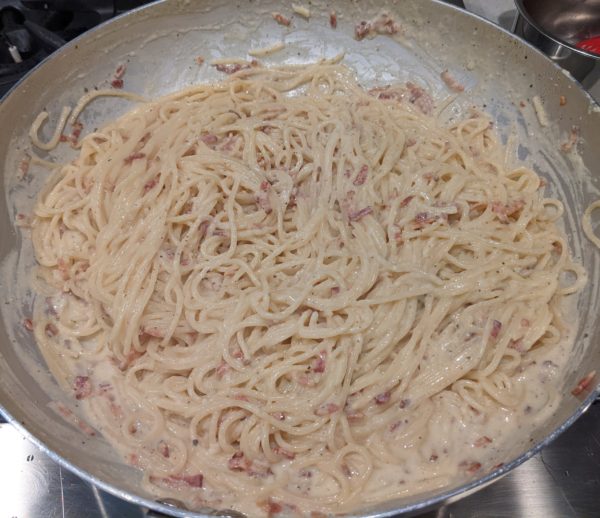
- Pour into a warmed serving bowl and serve immediately.
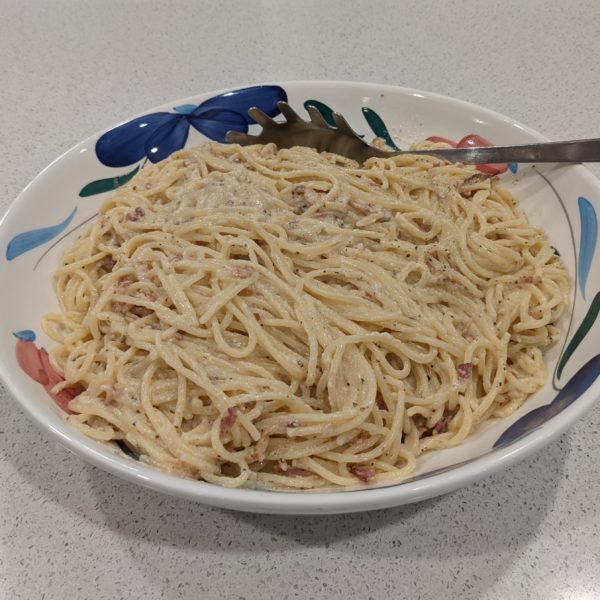
Copyright © 2023 by Villa Sentieri, LLC. All rights reserved.

